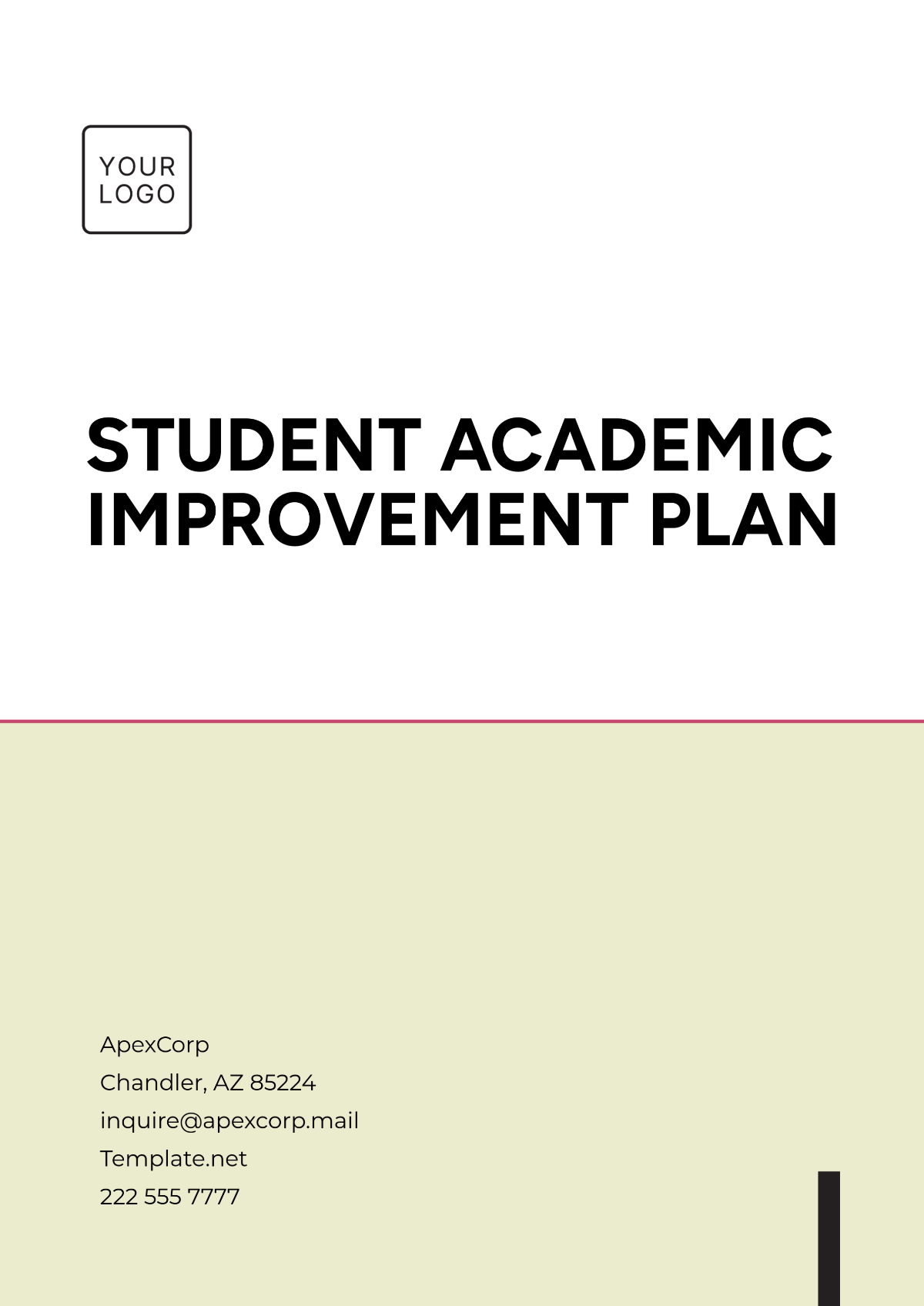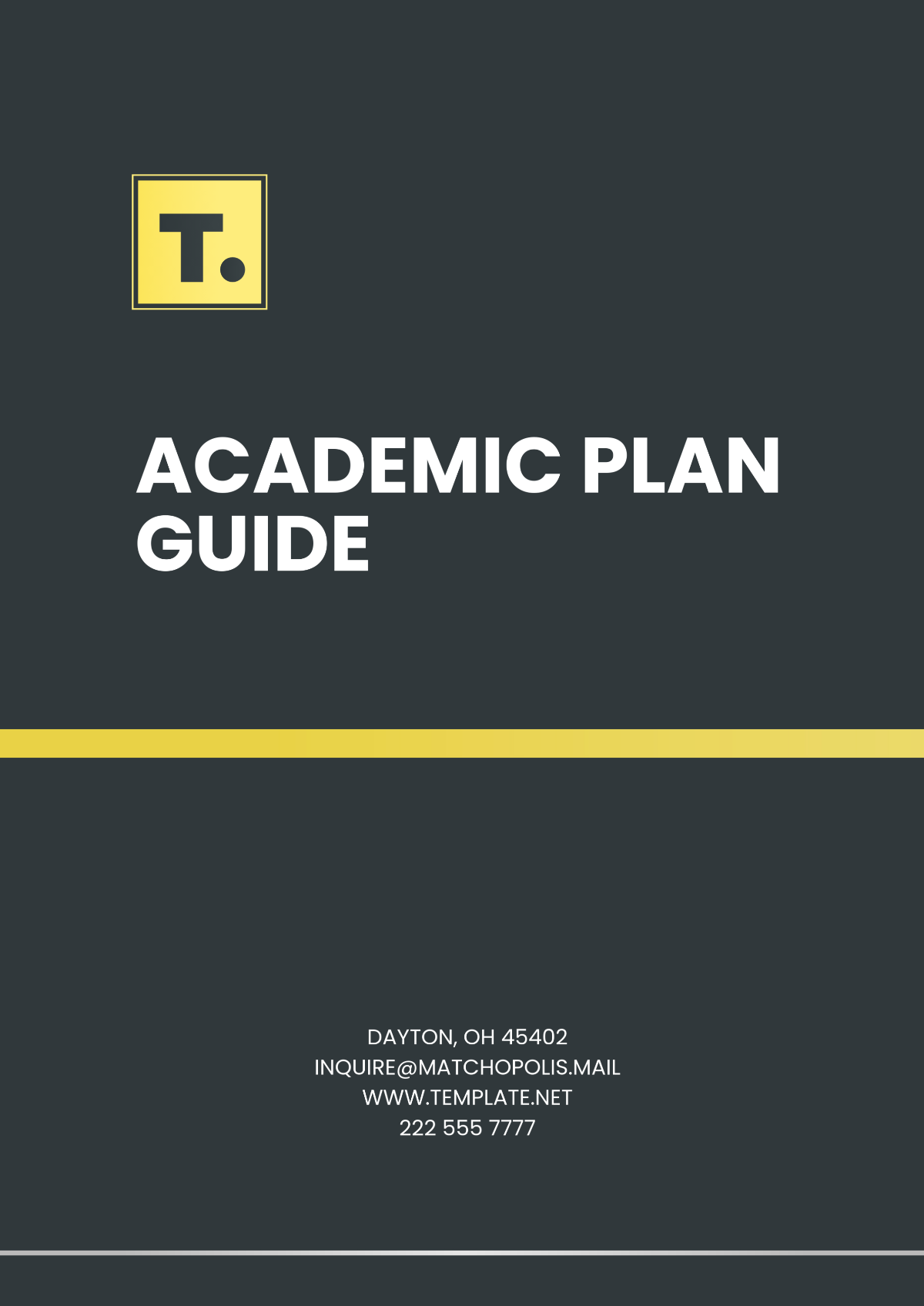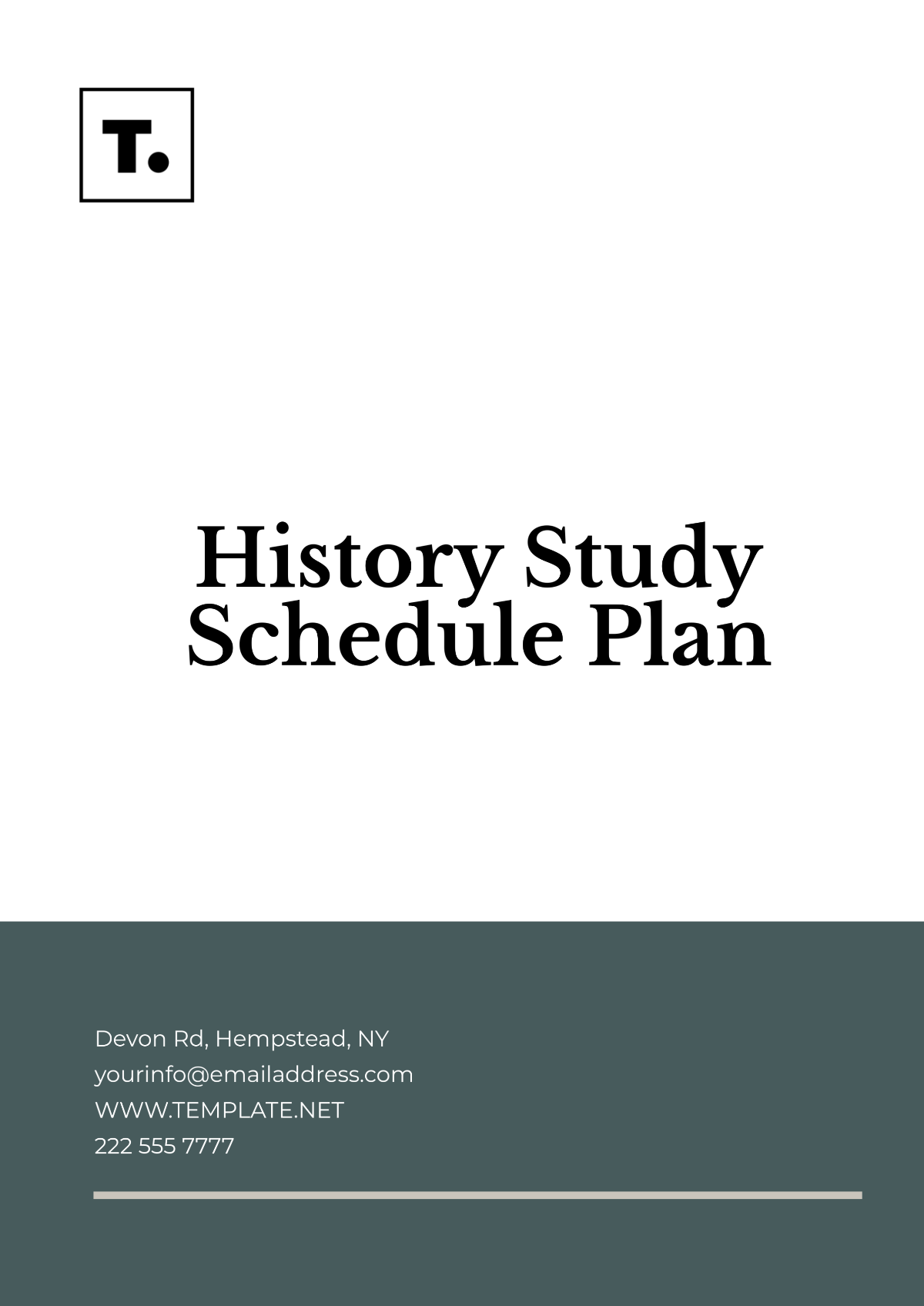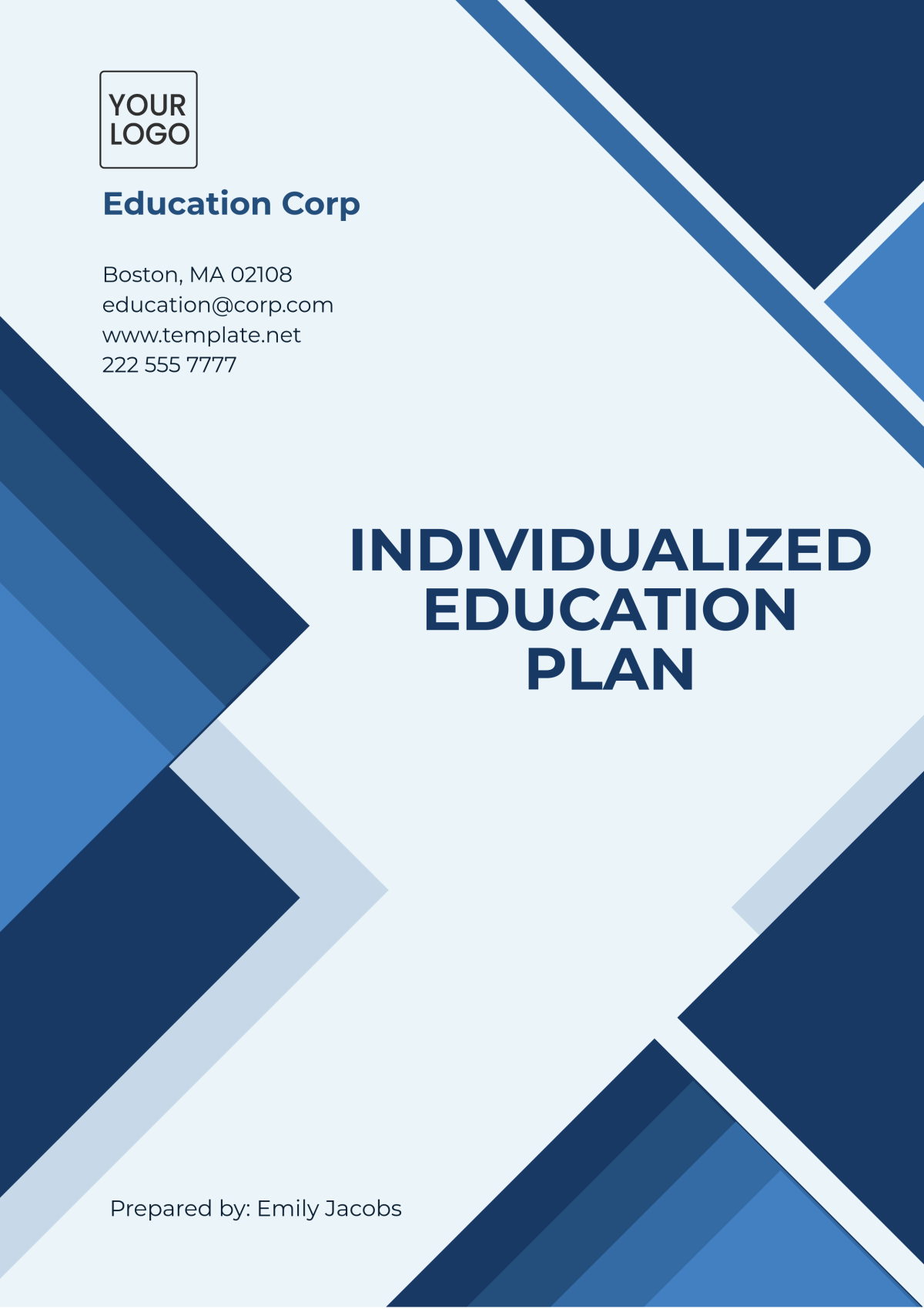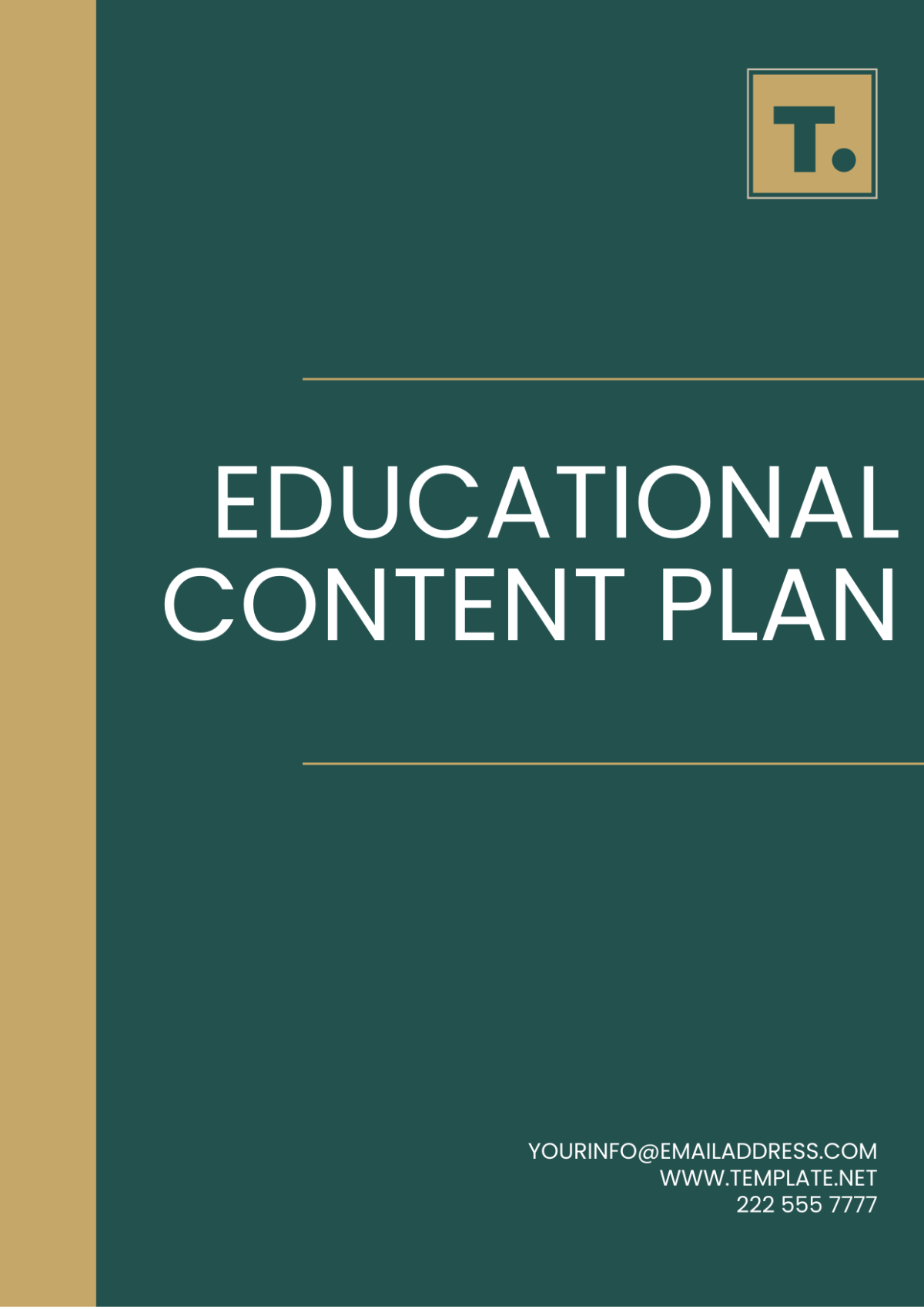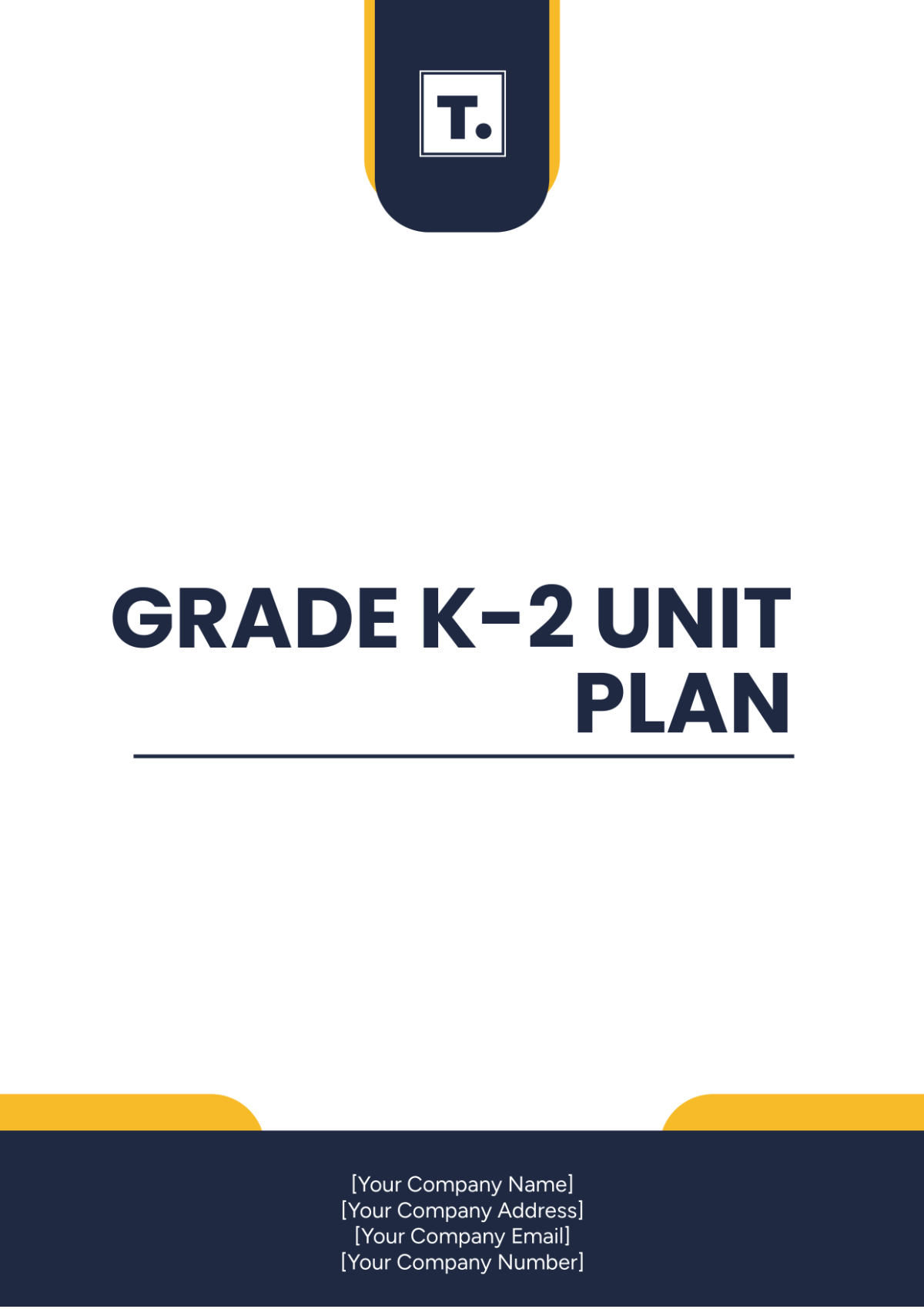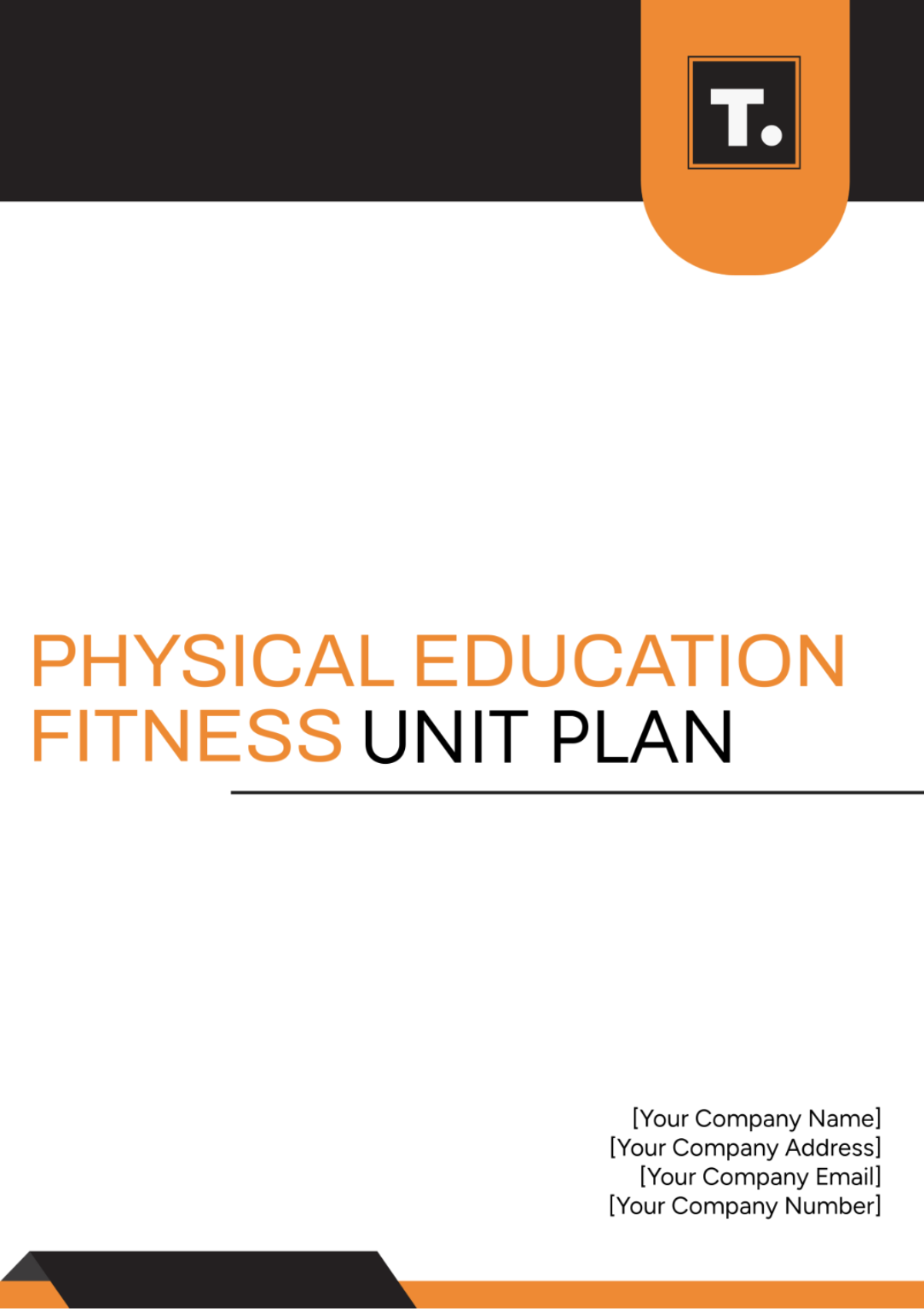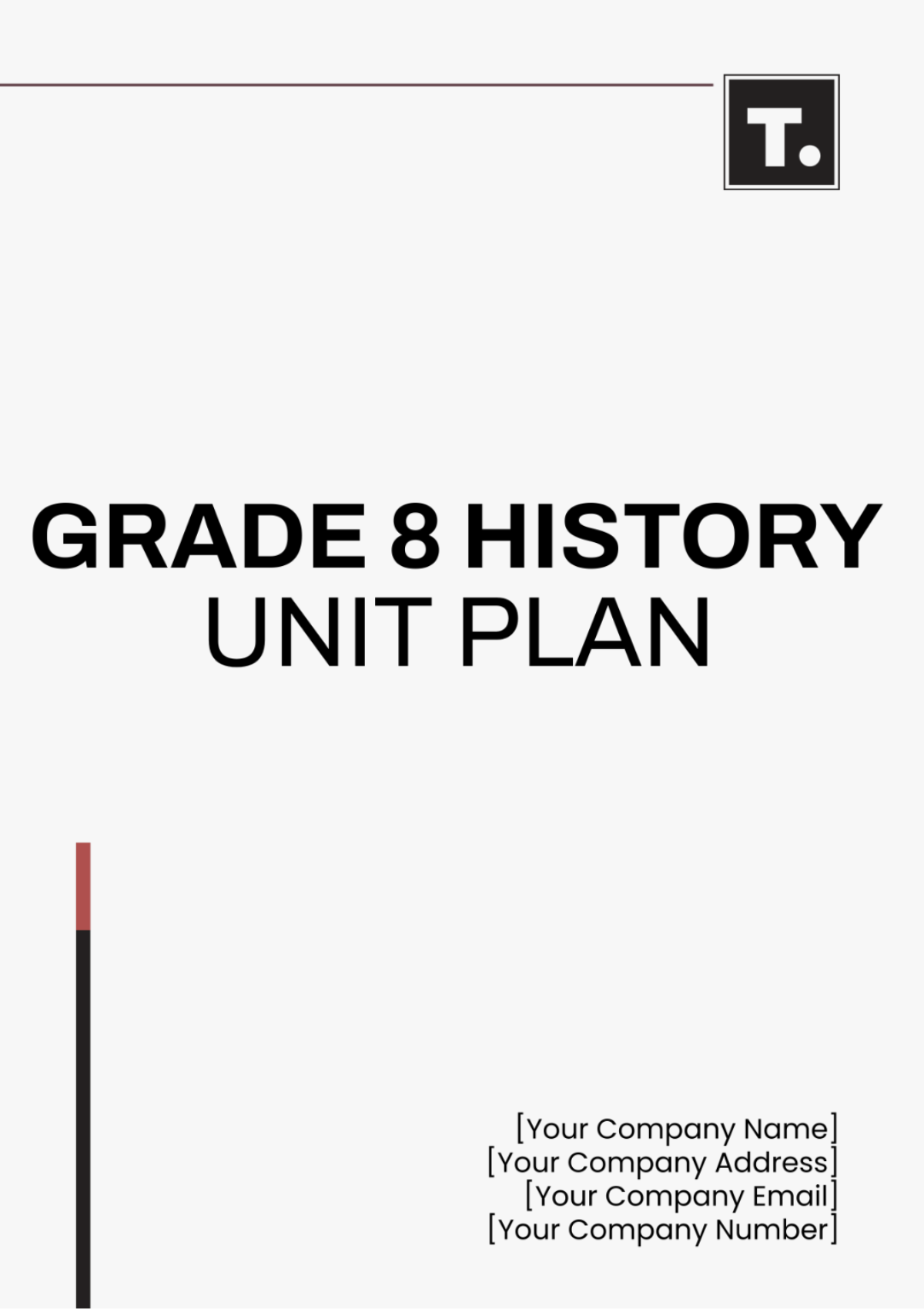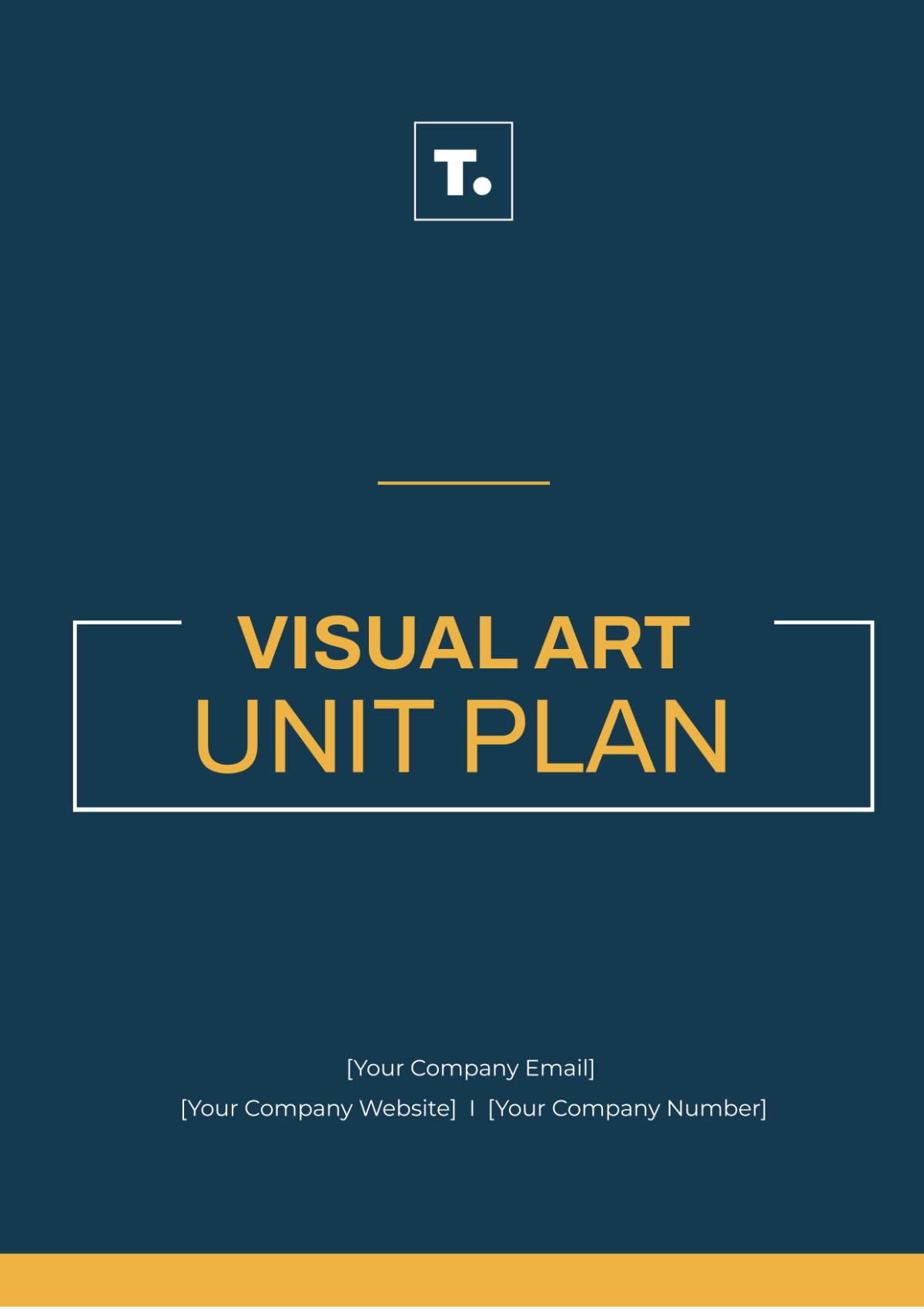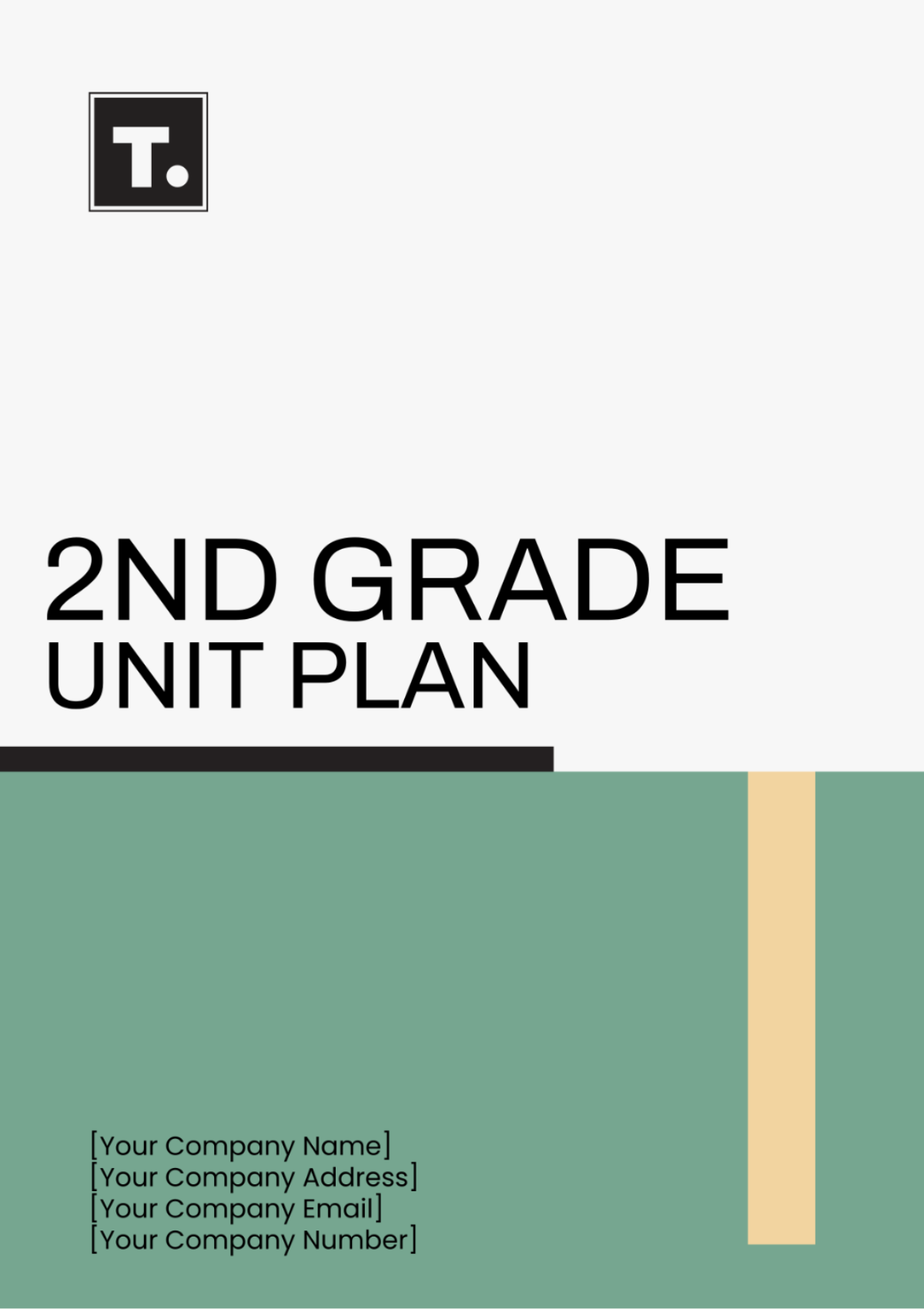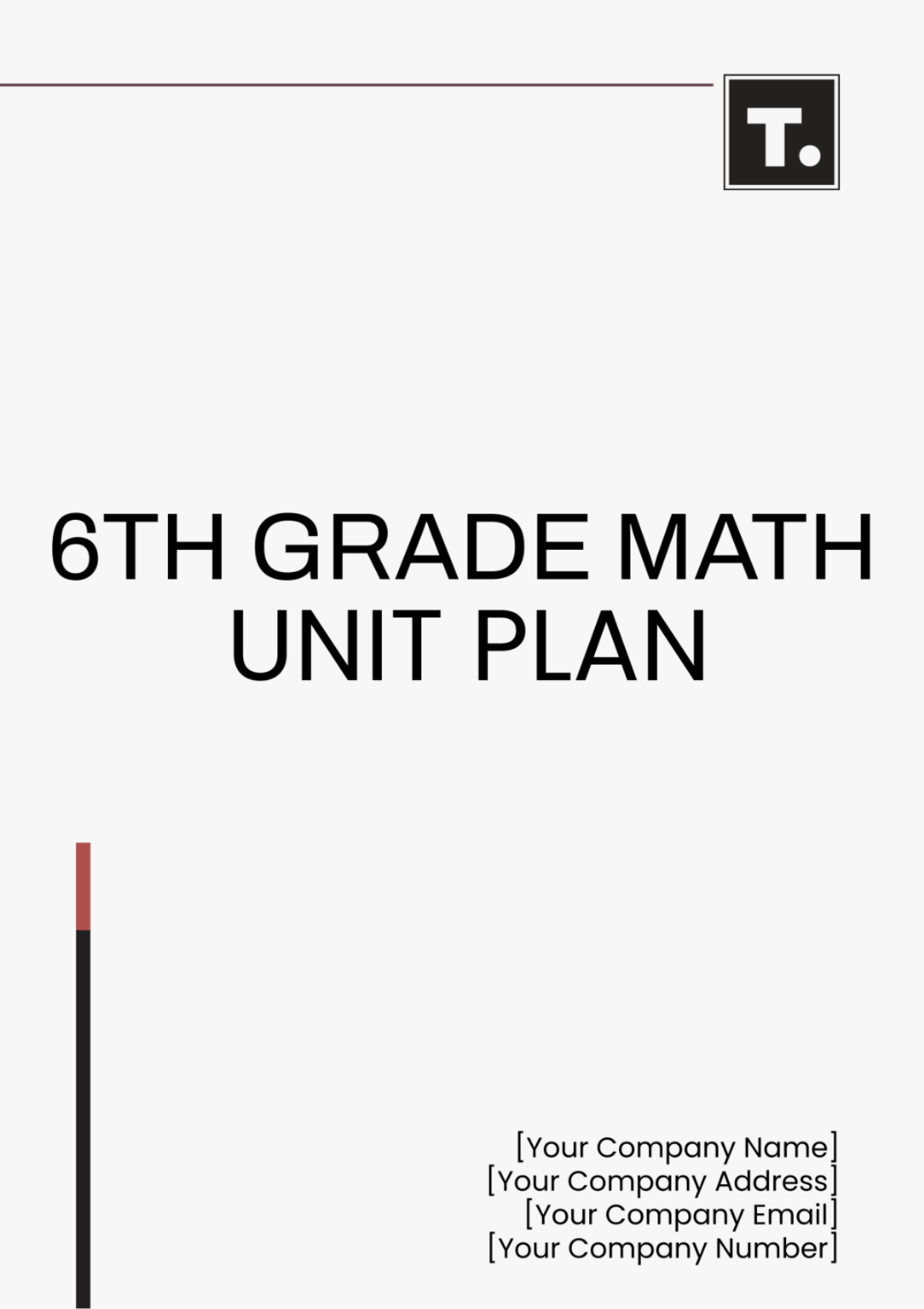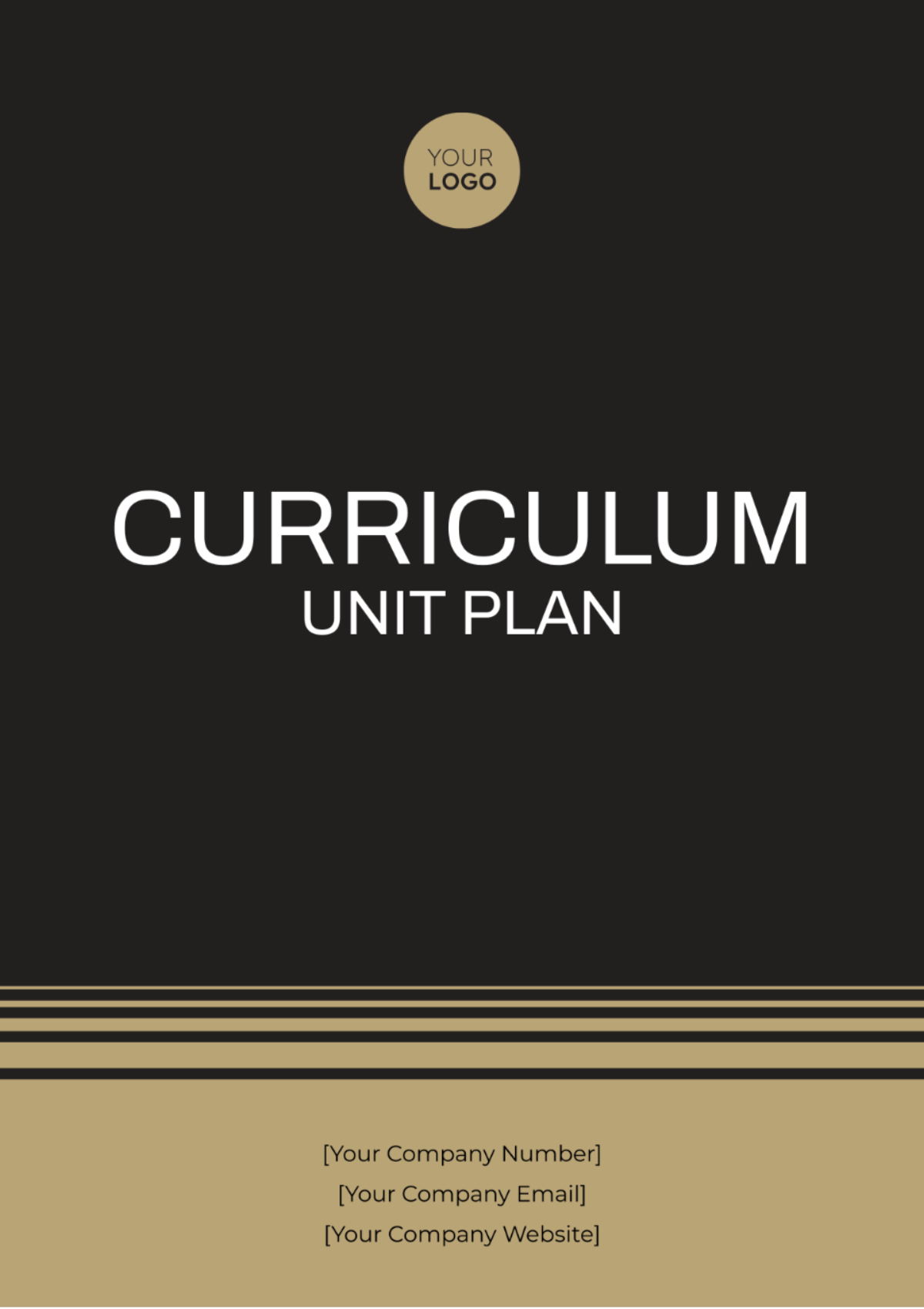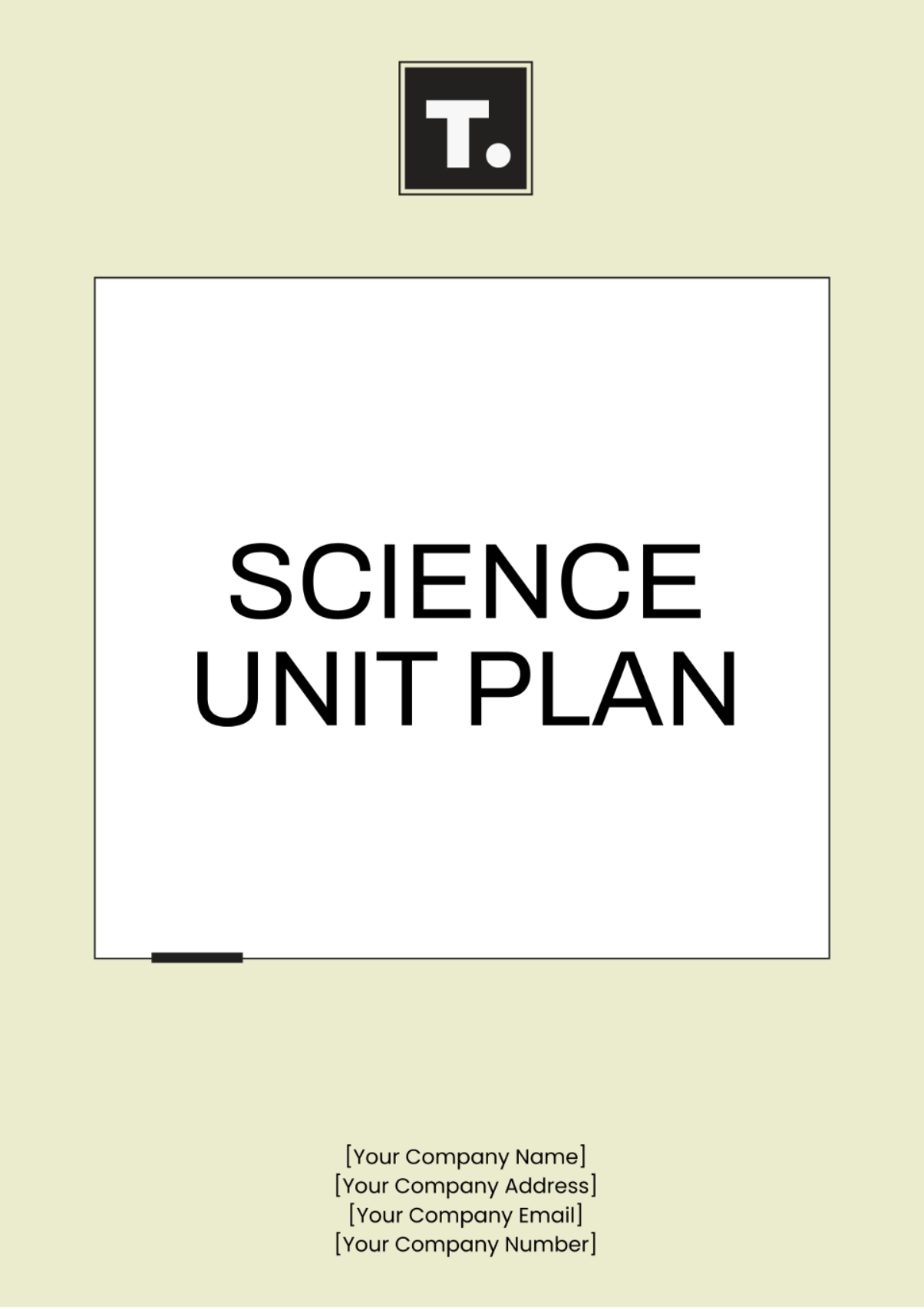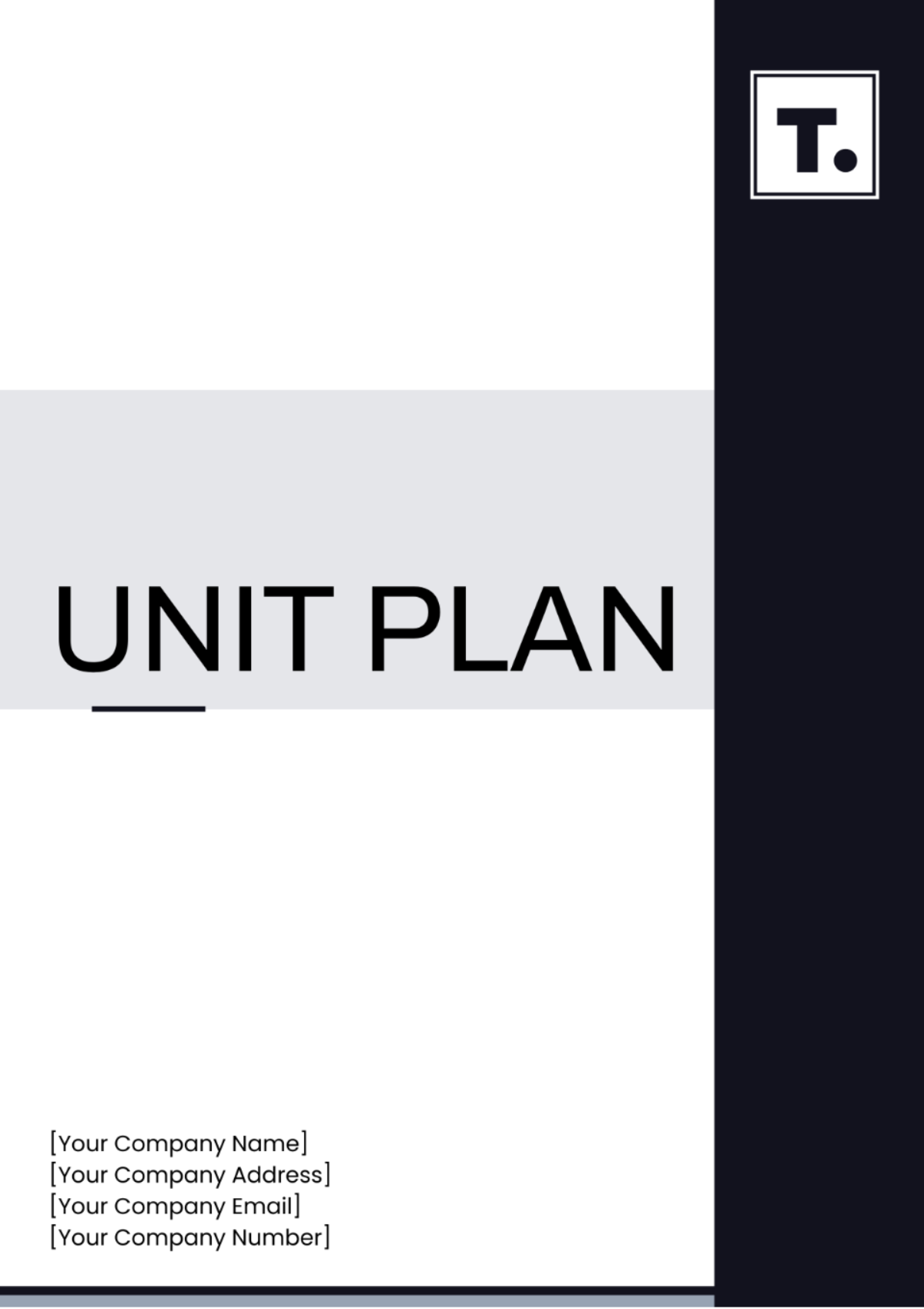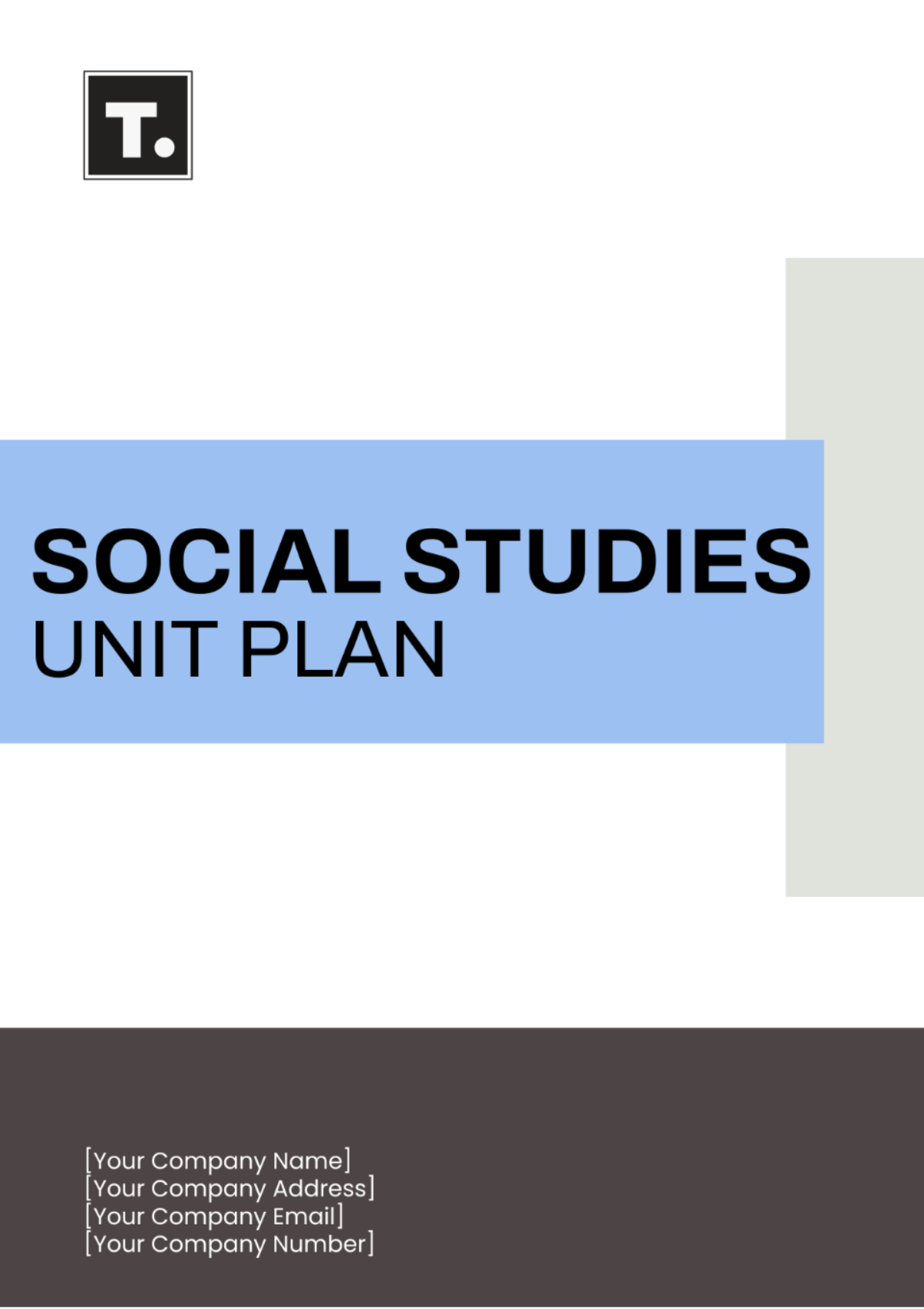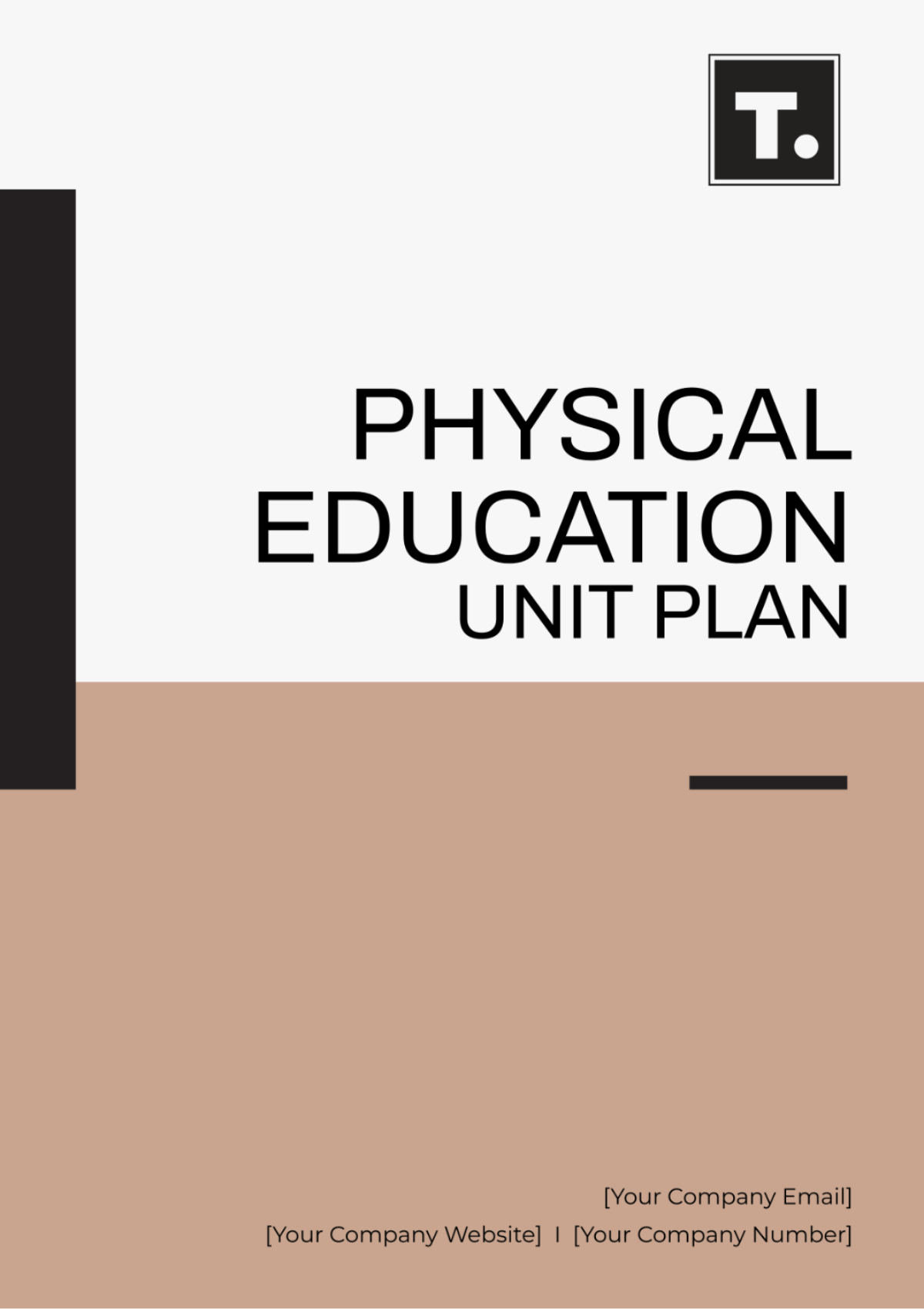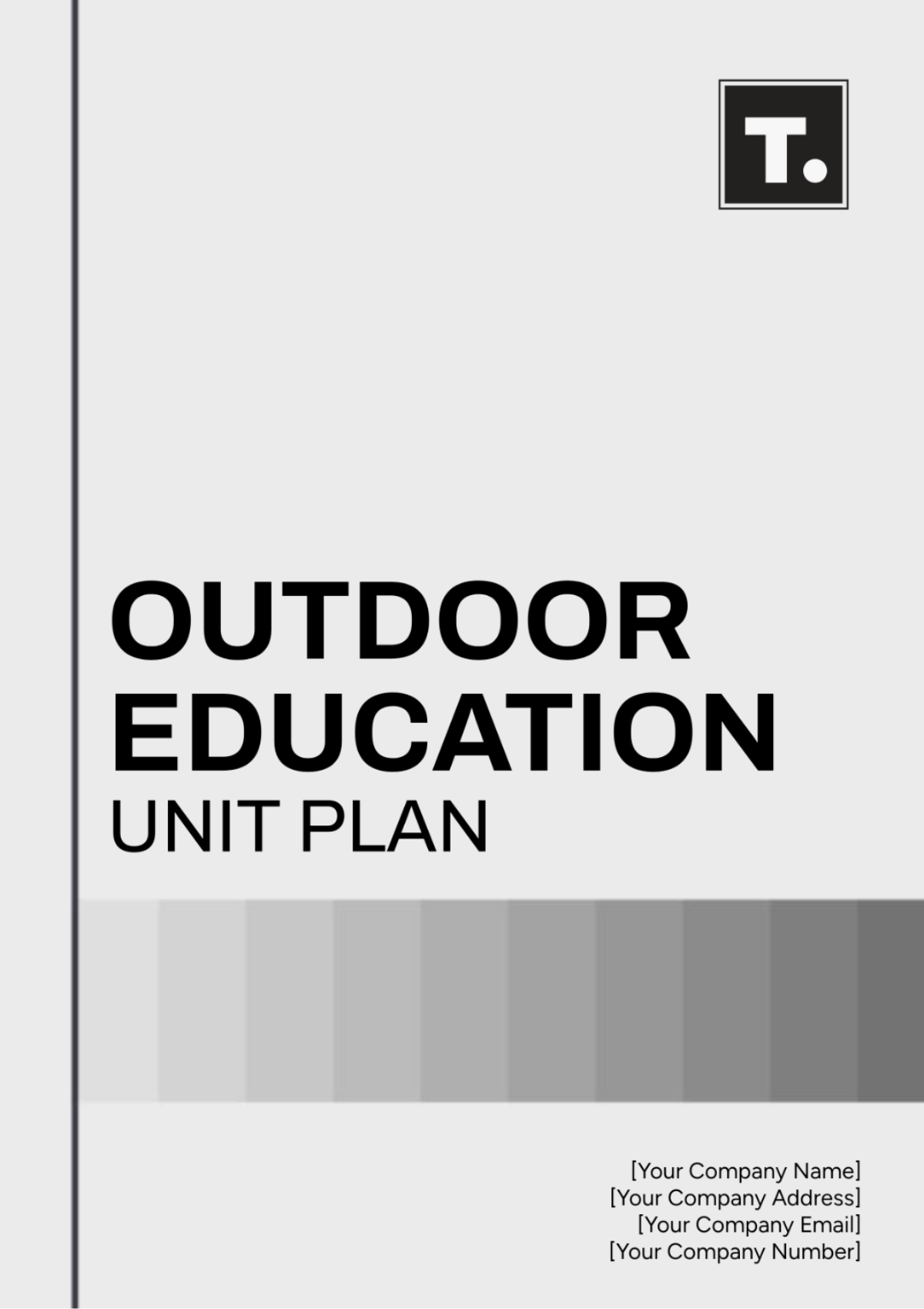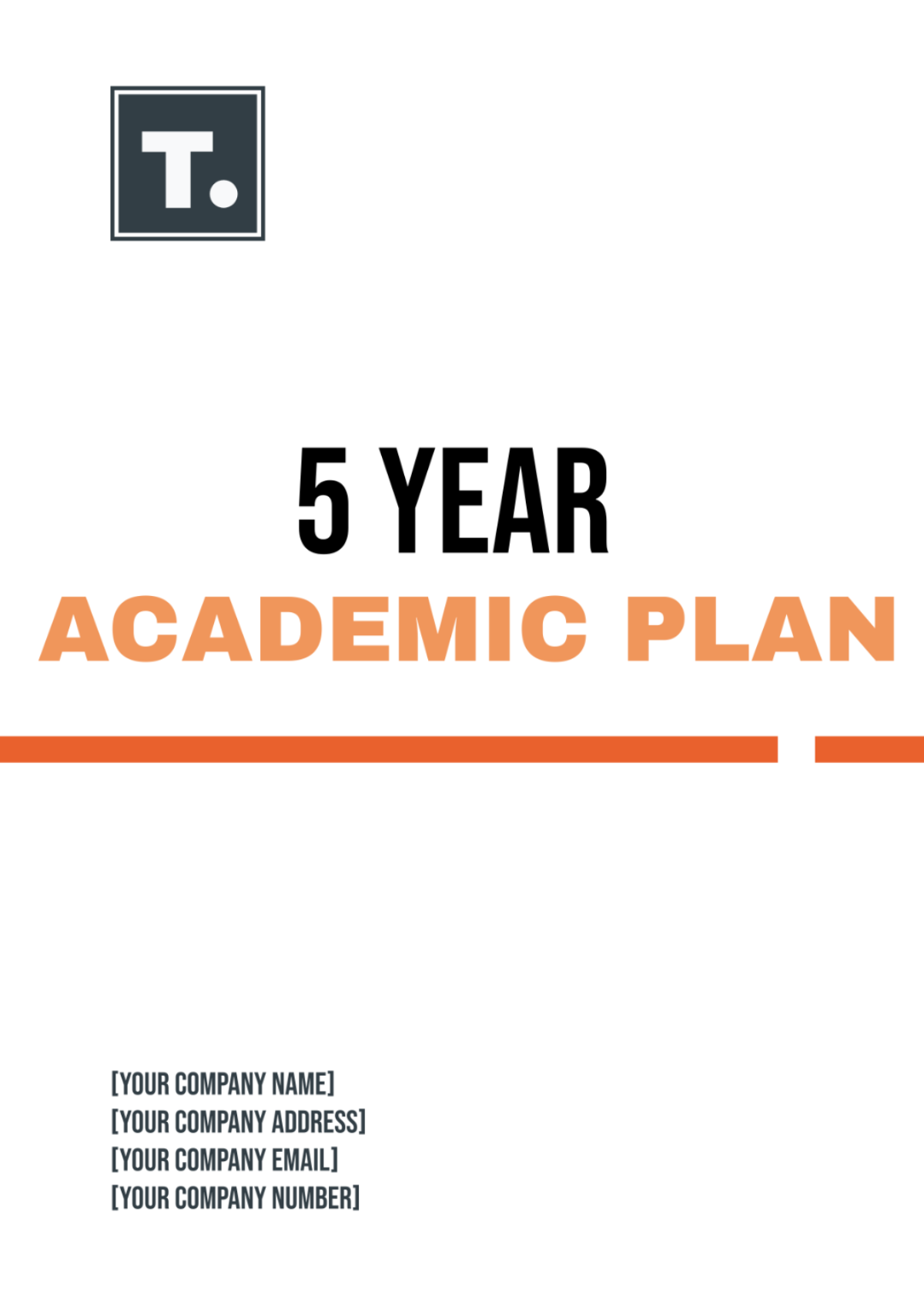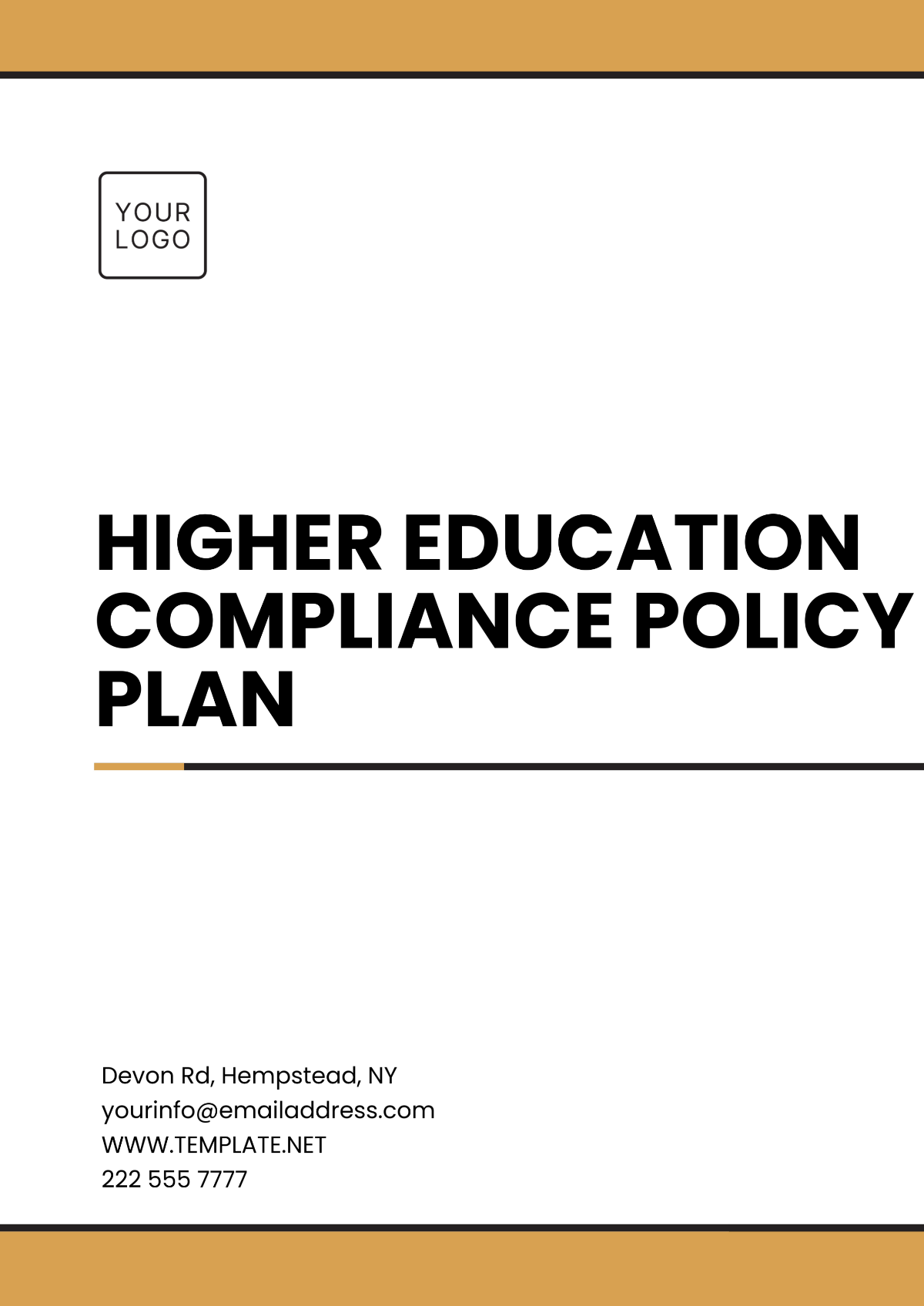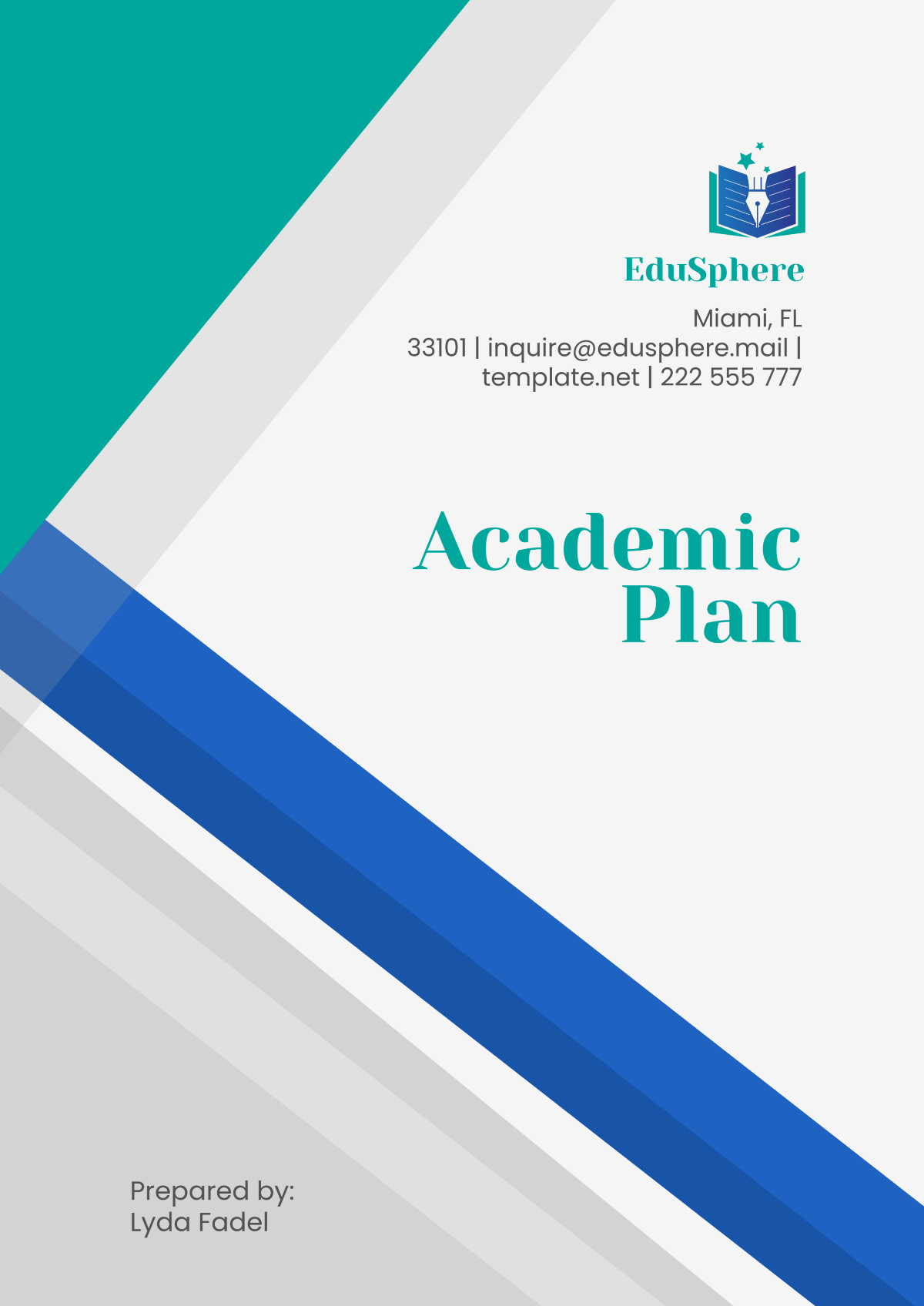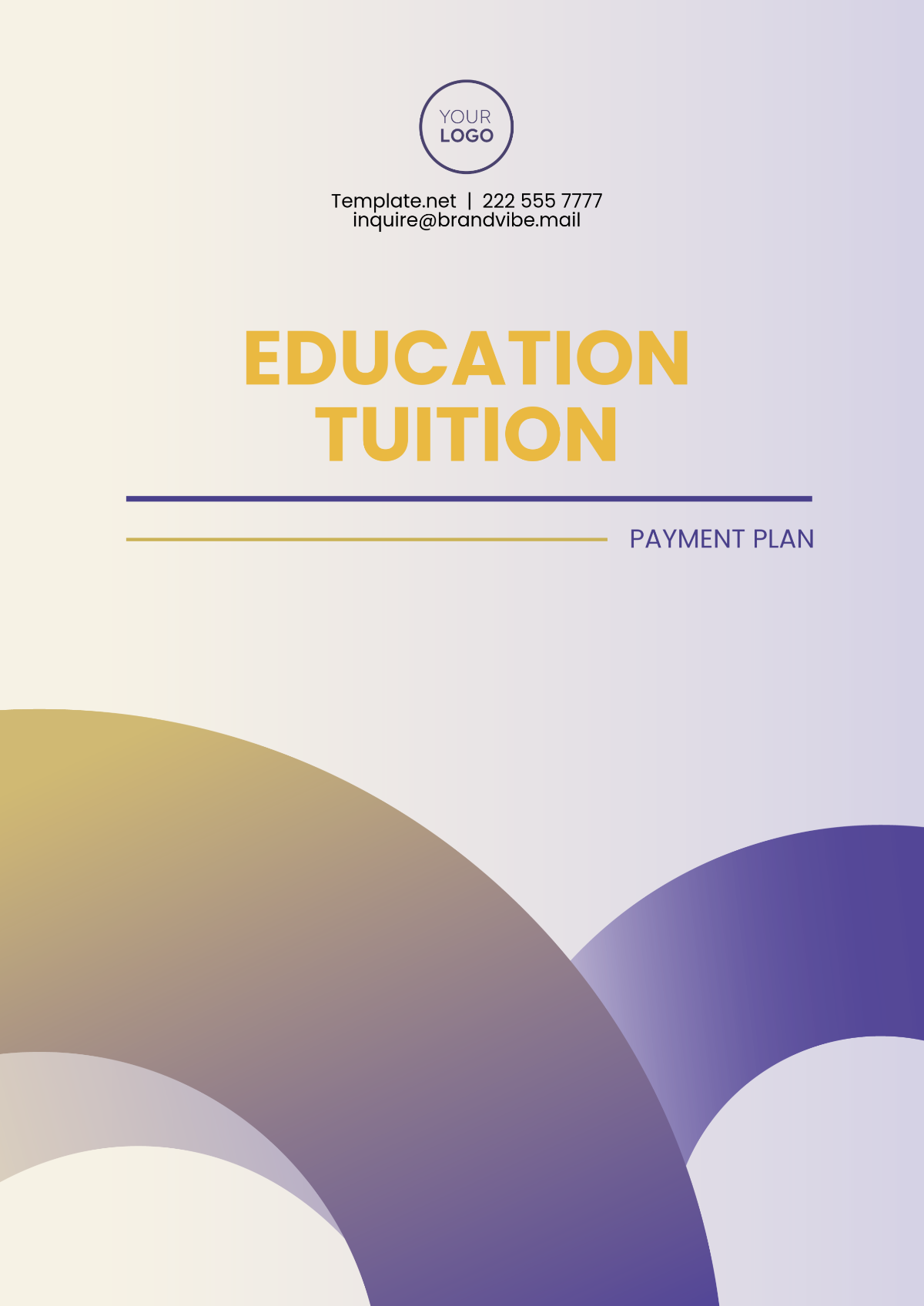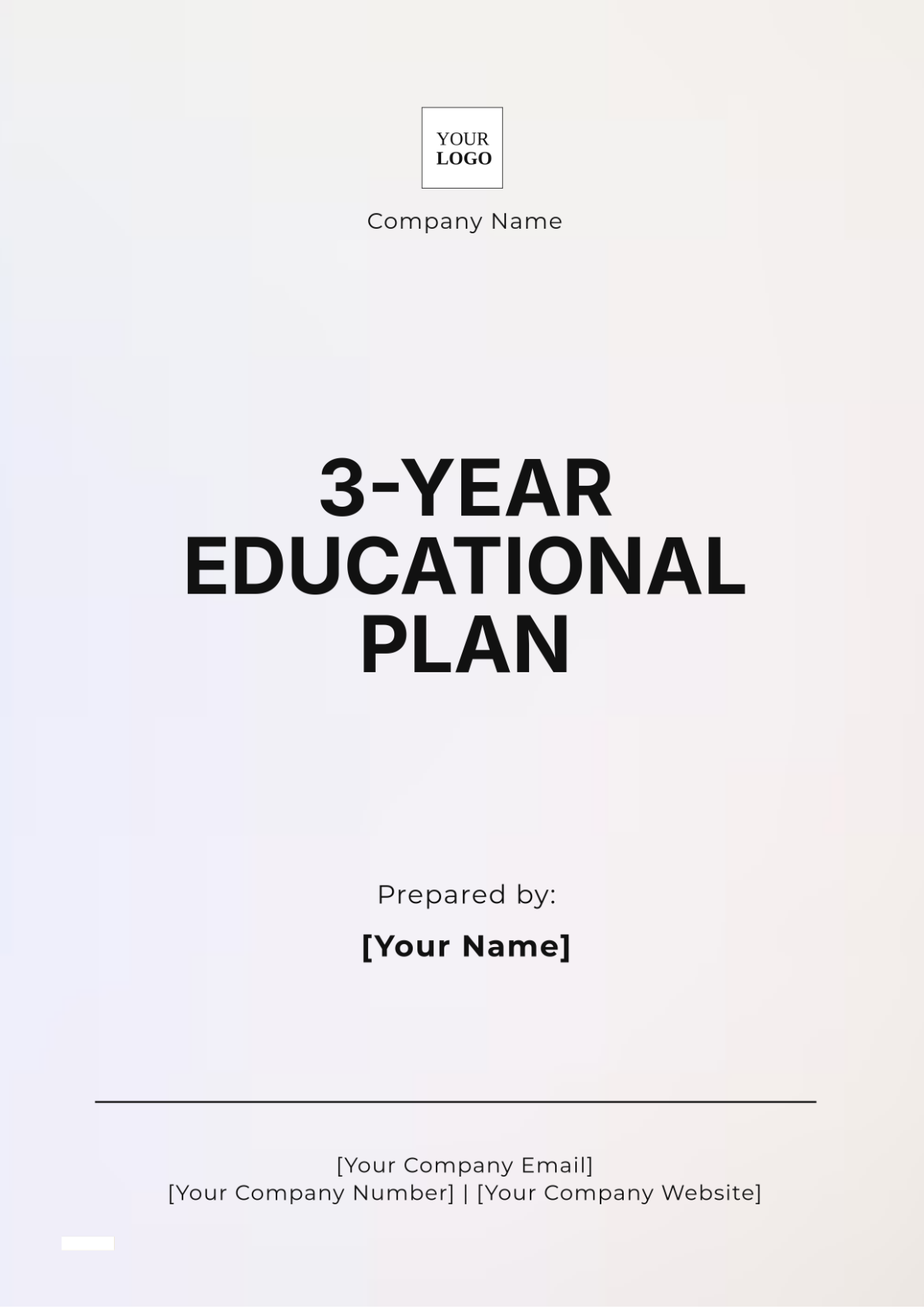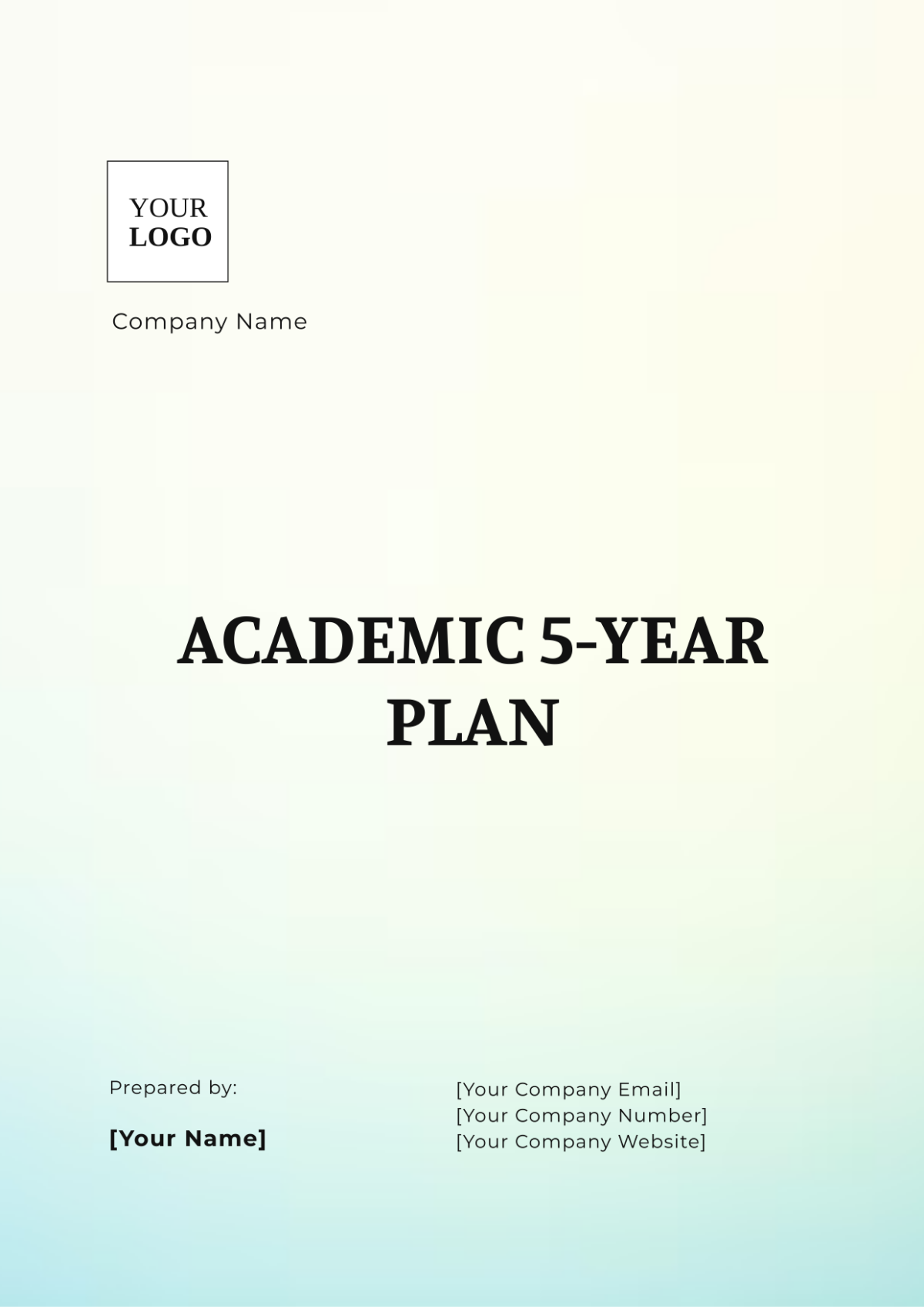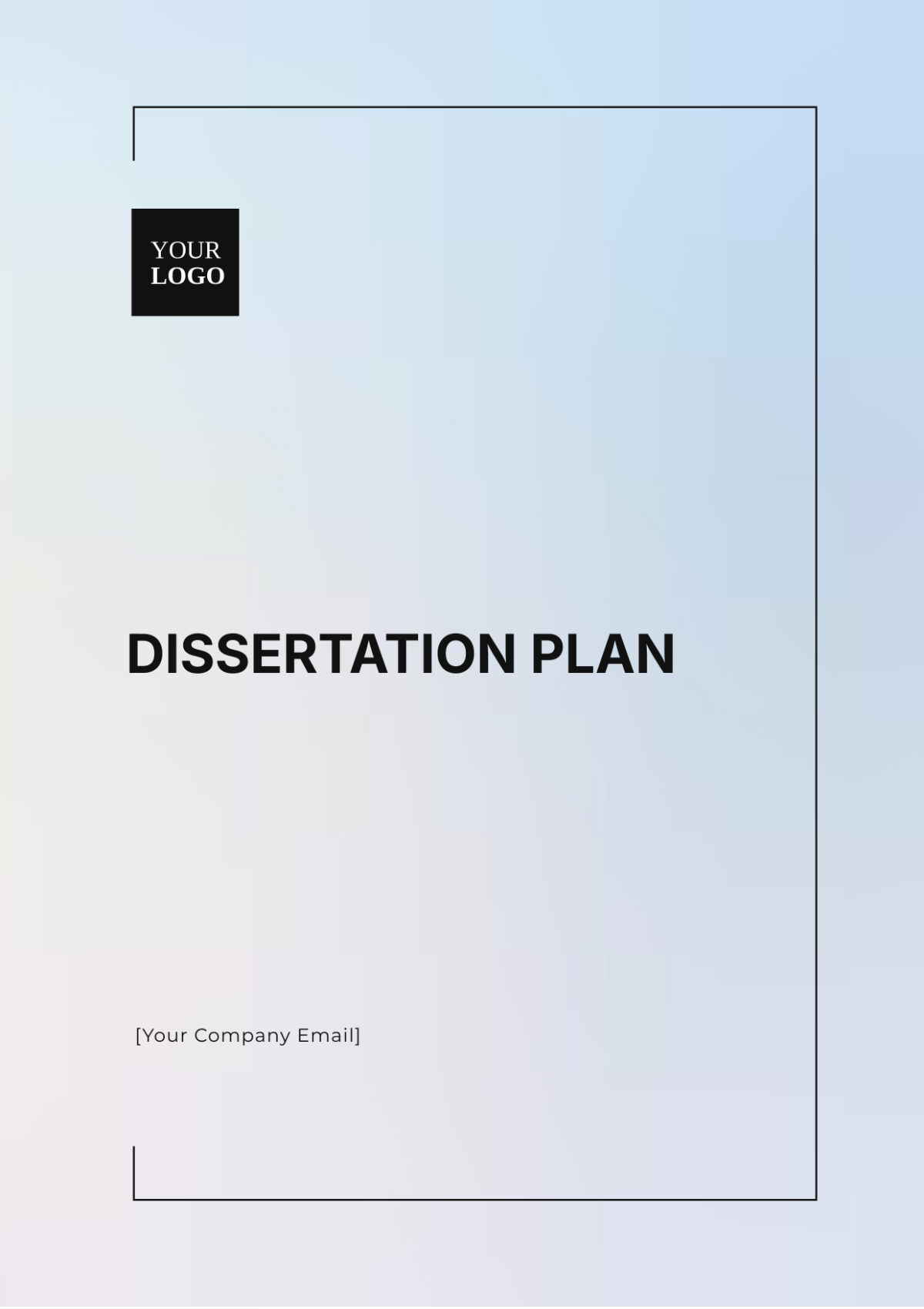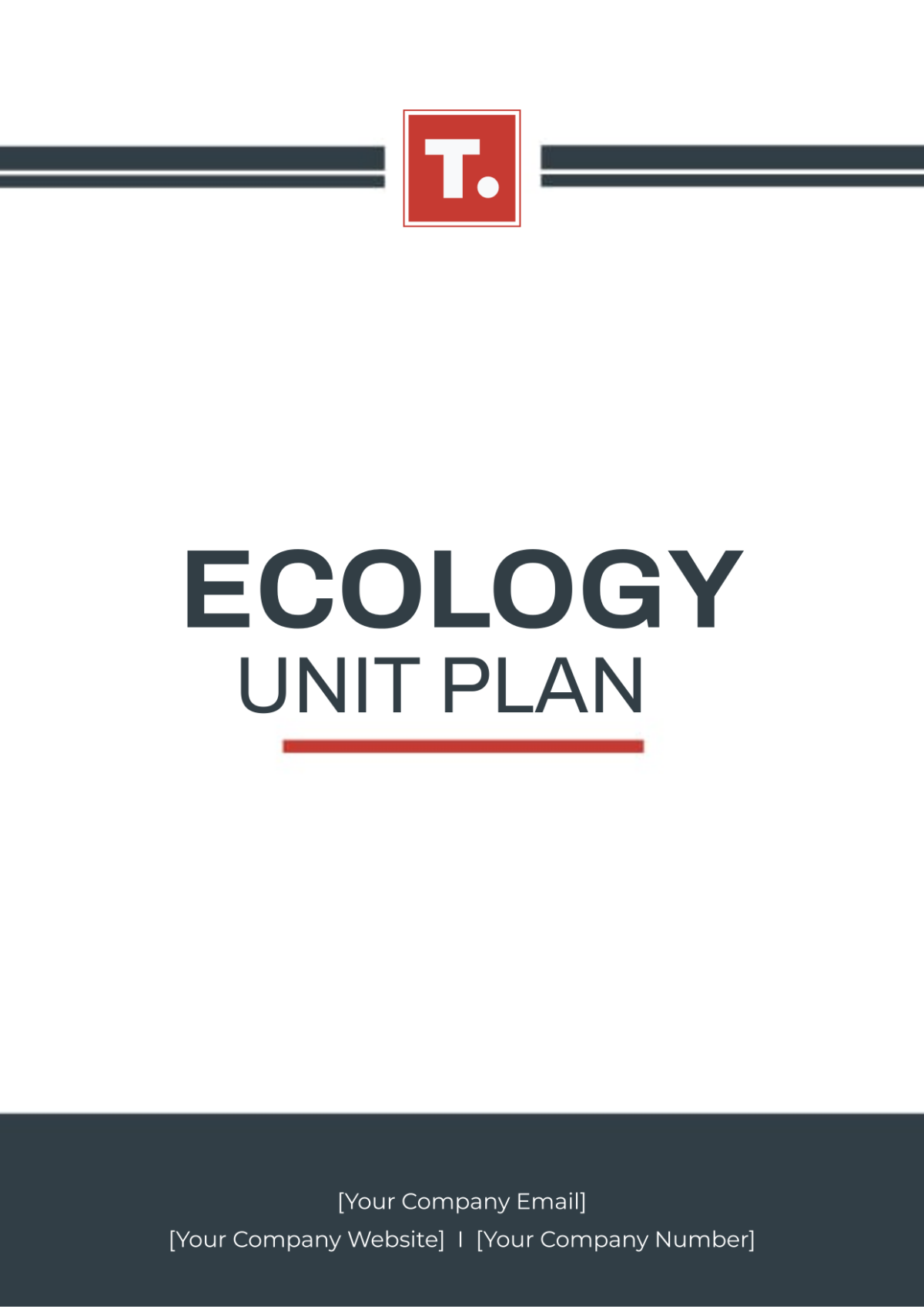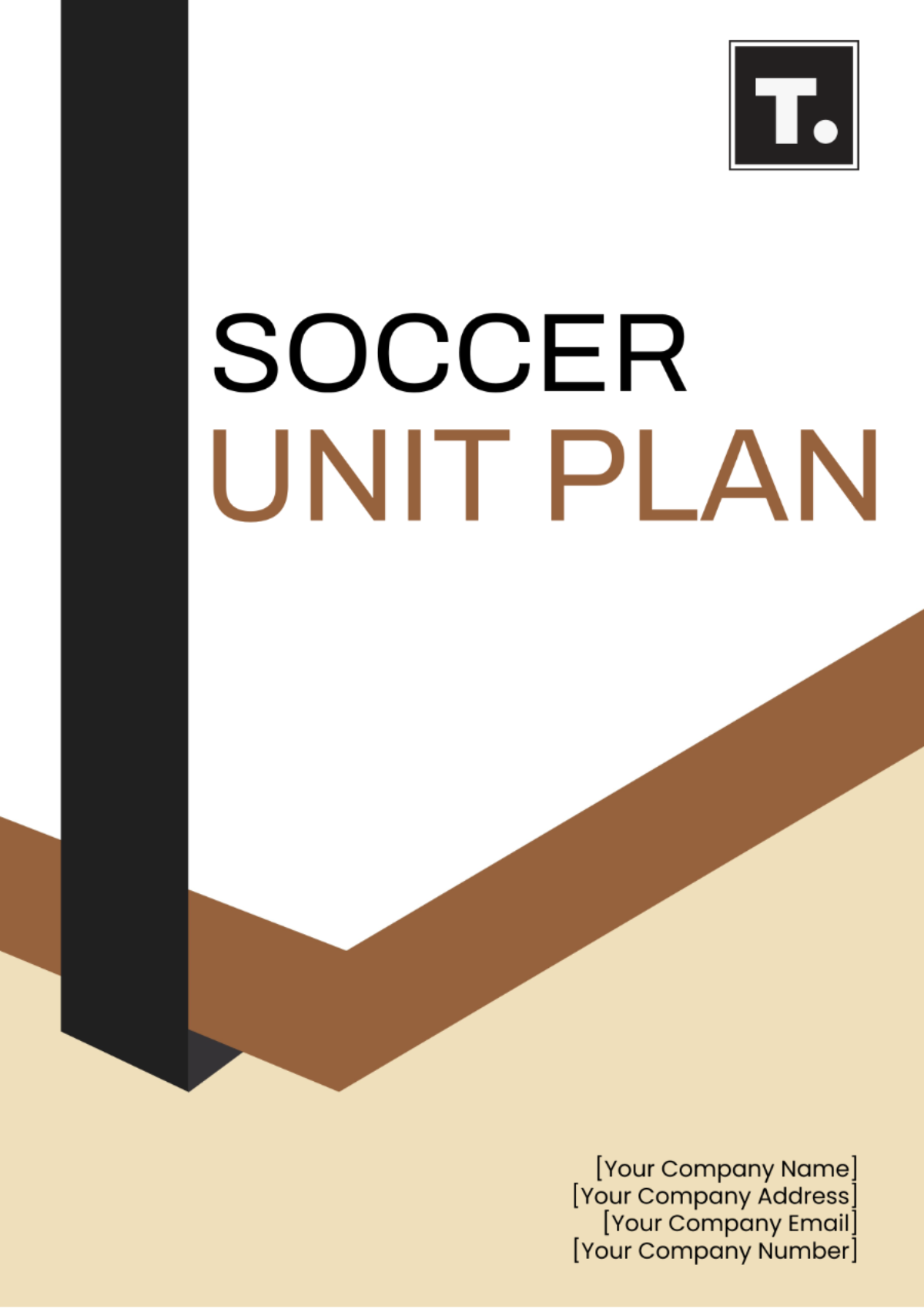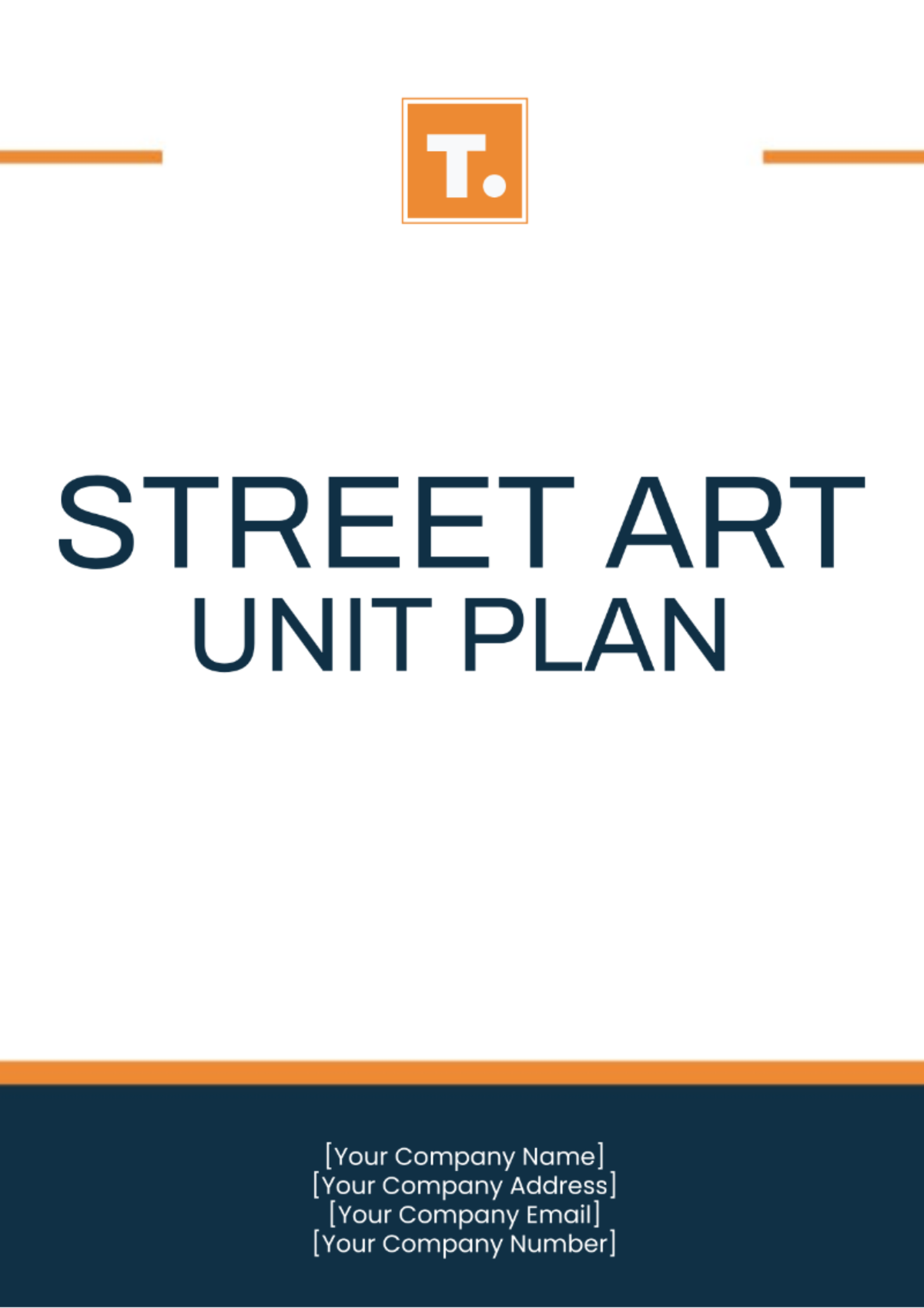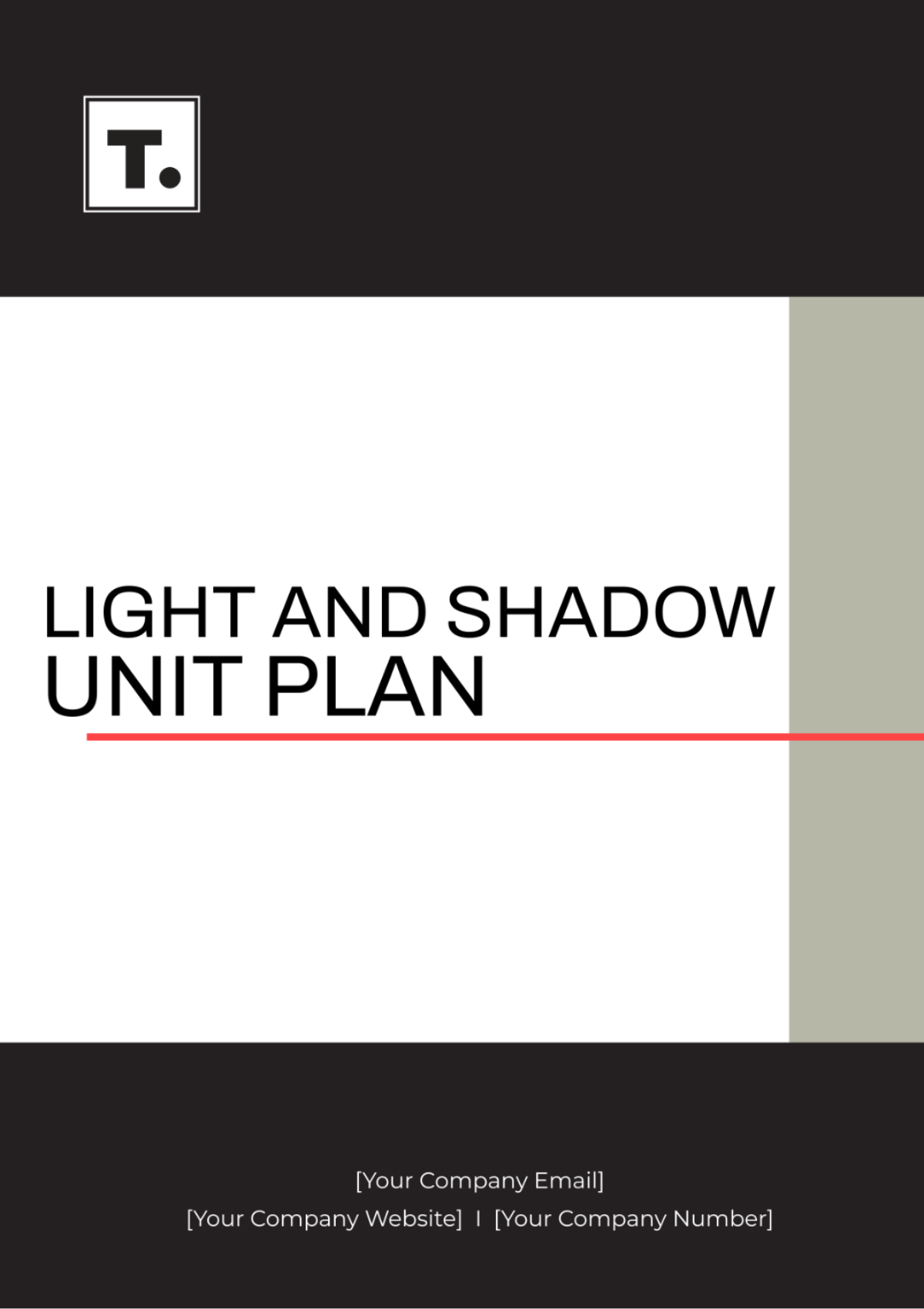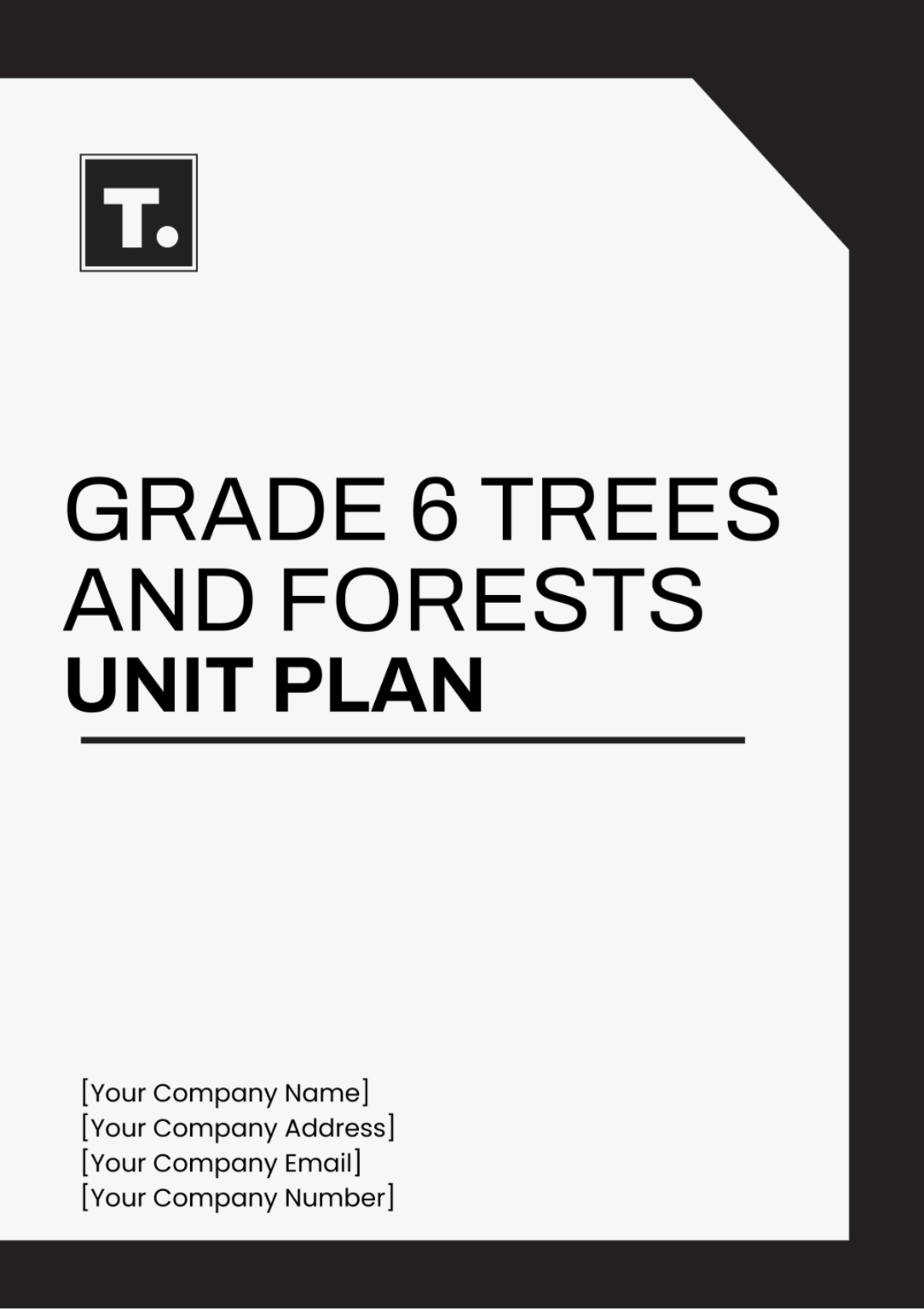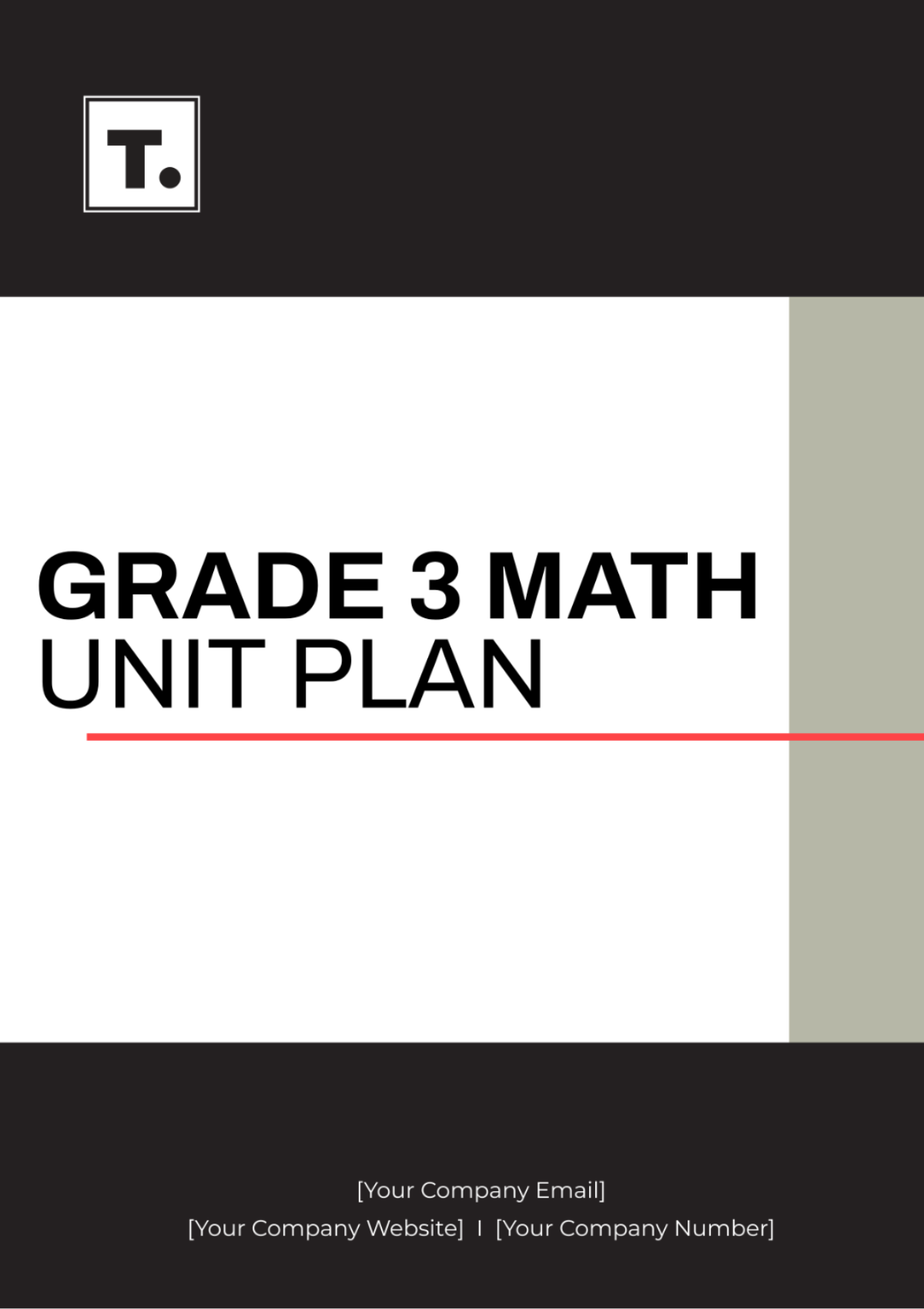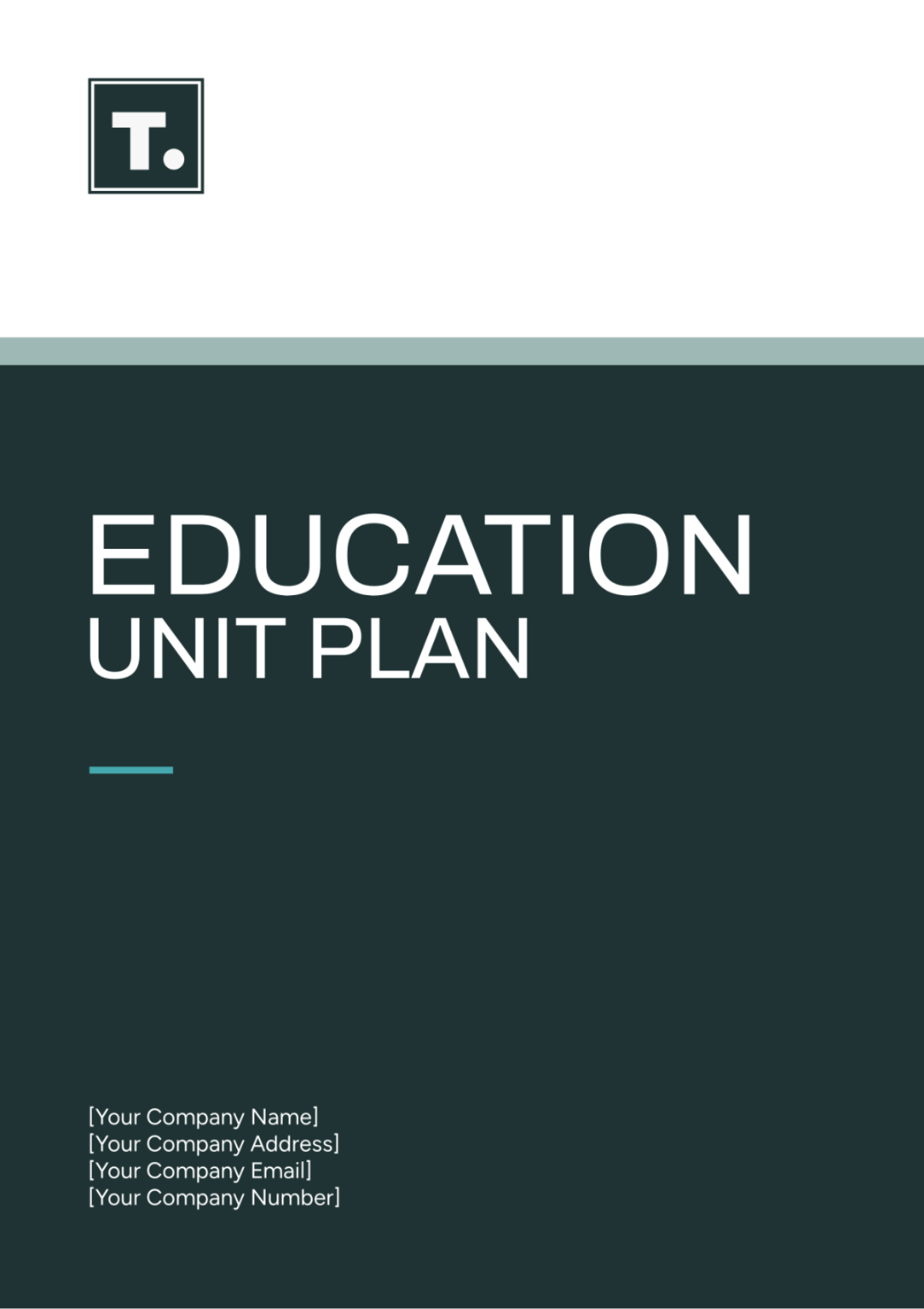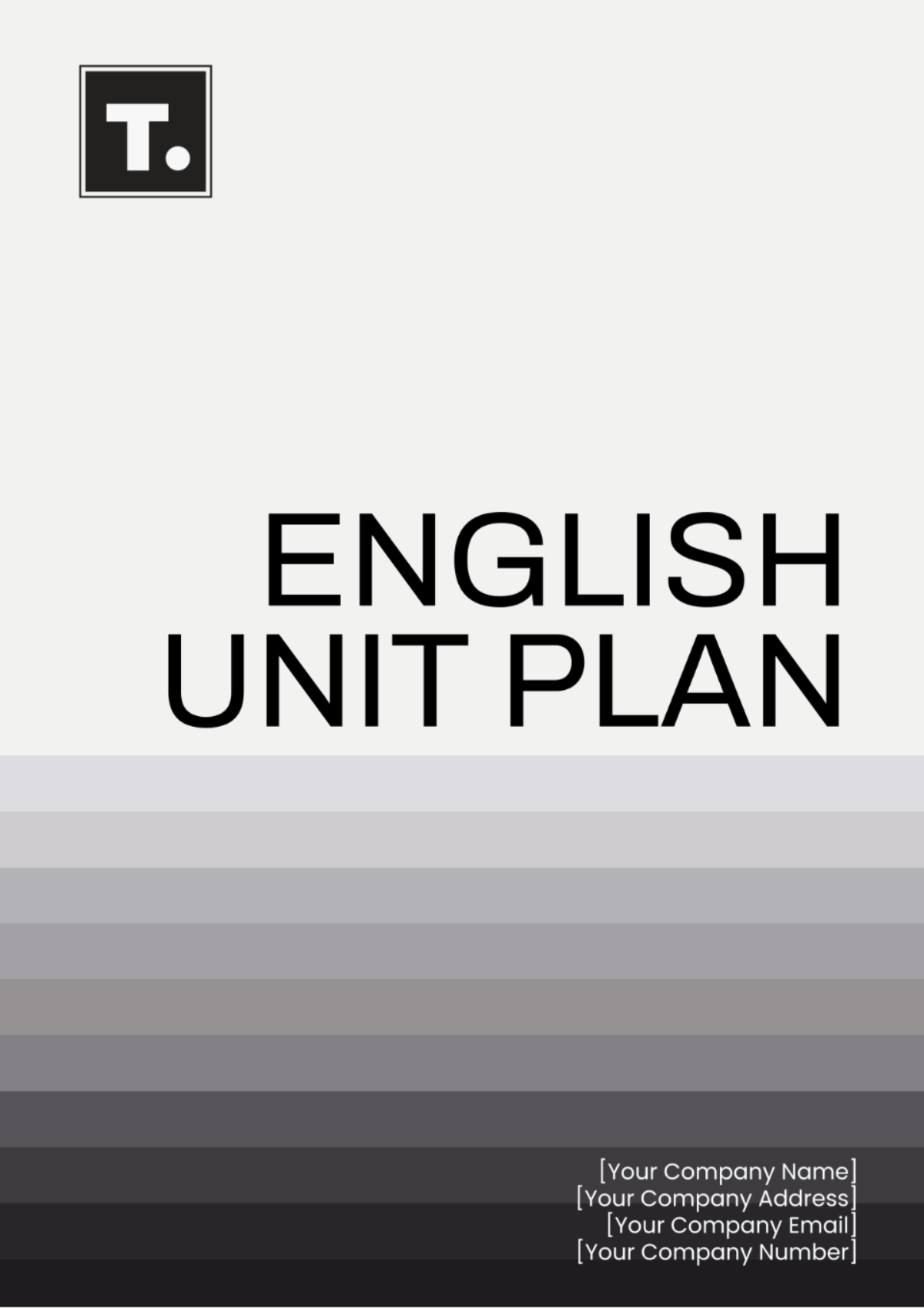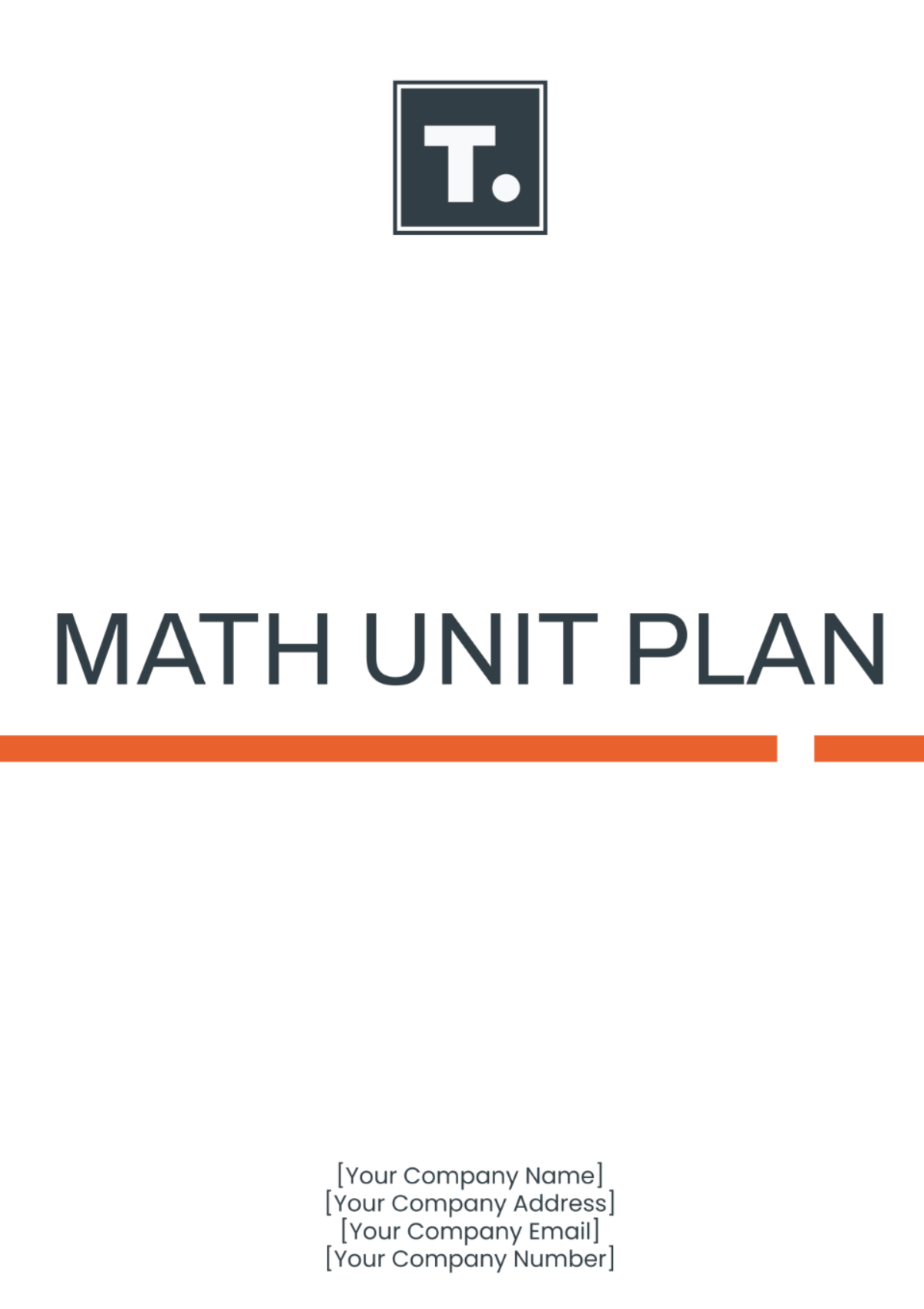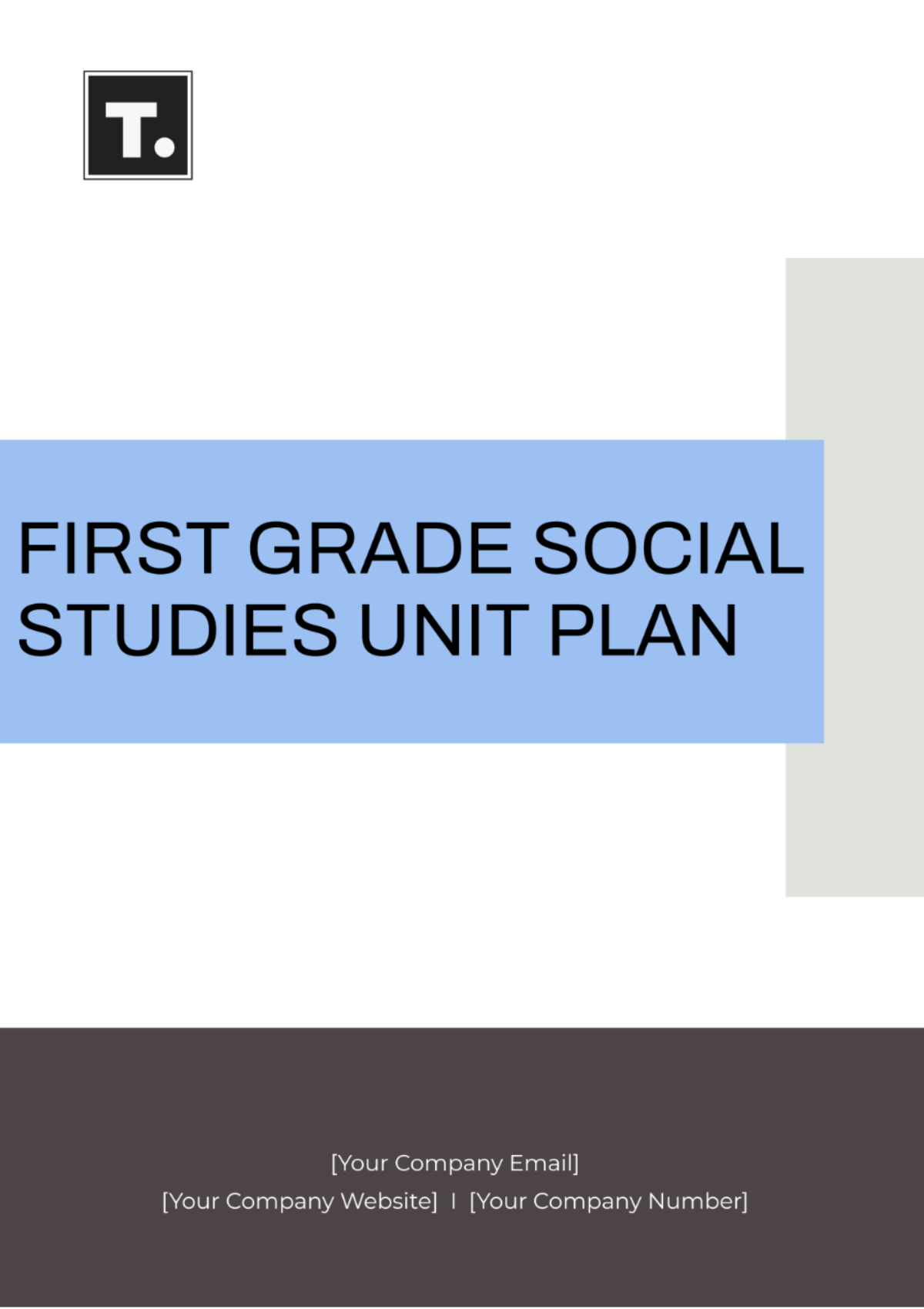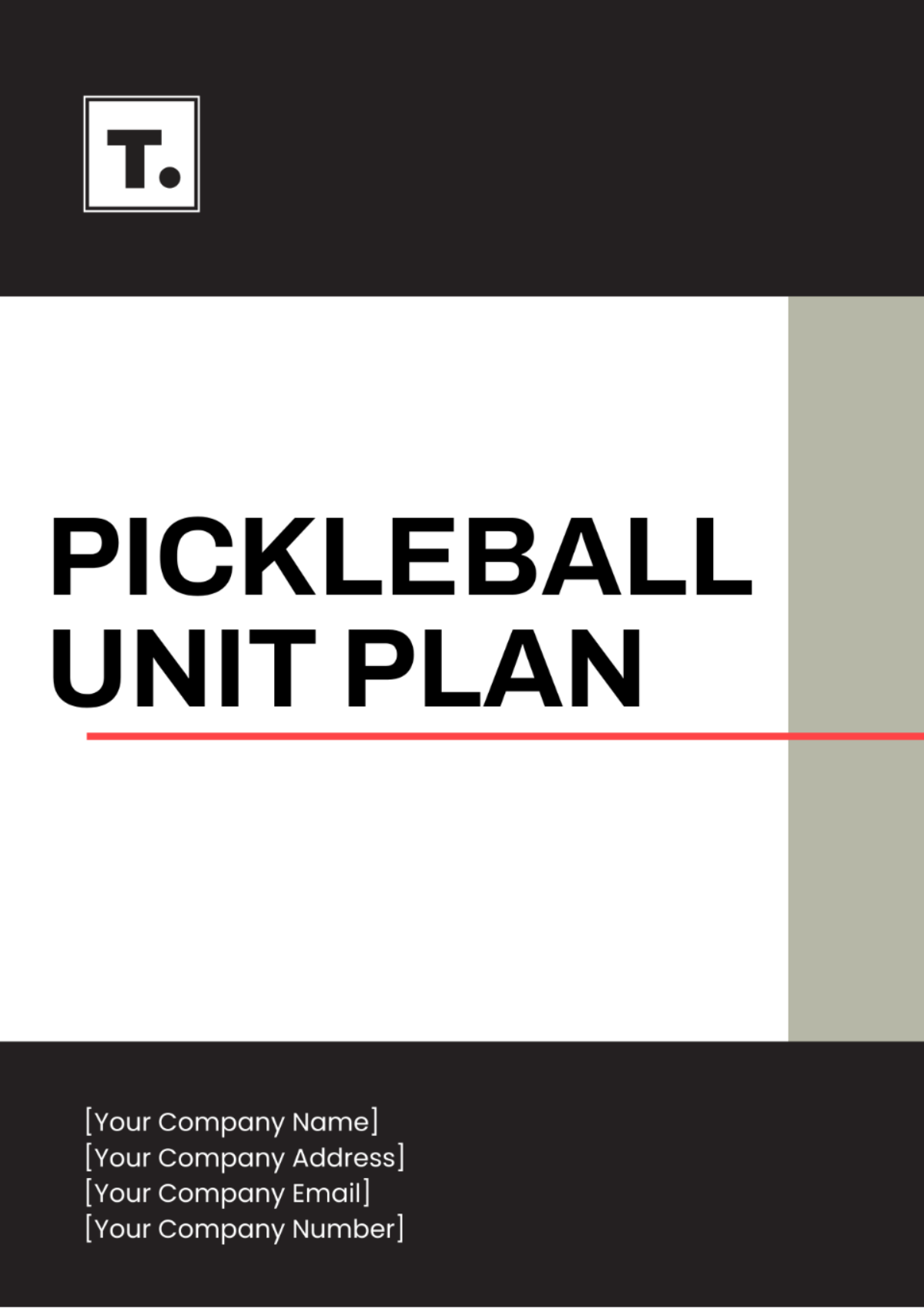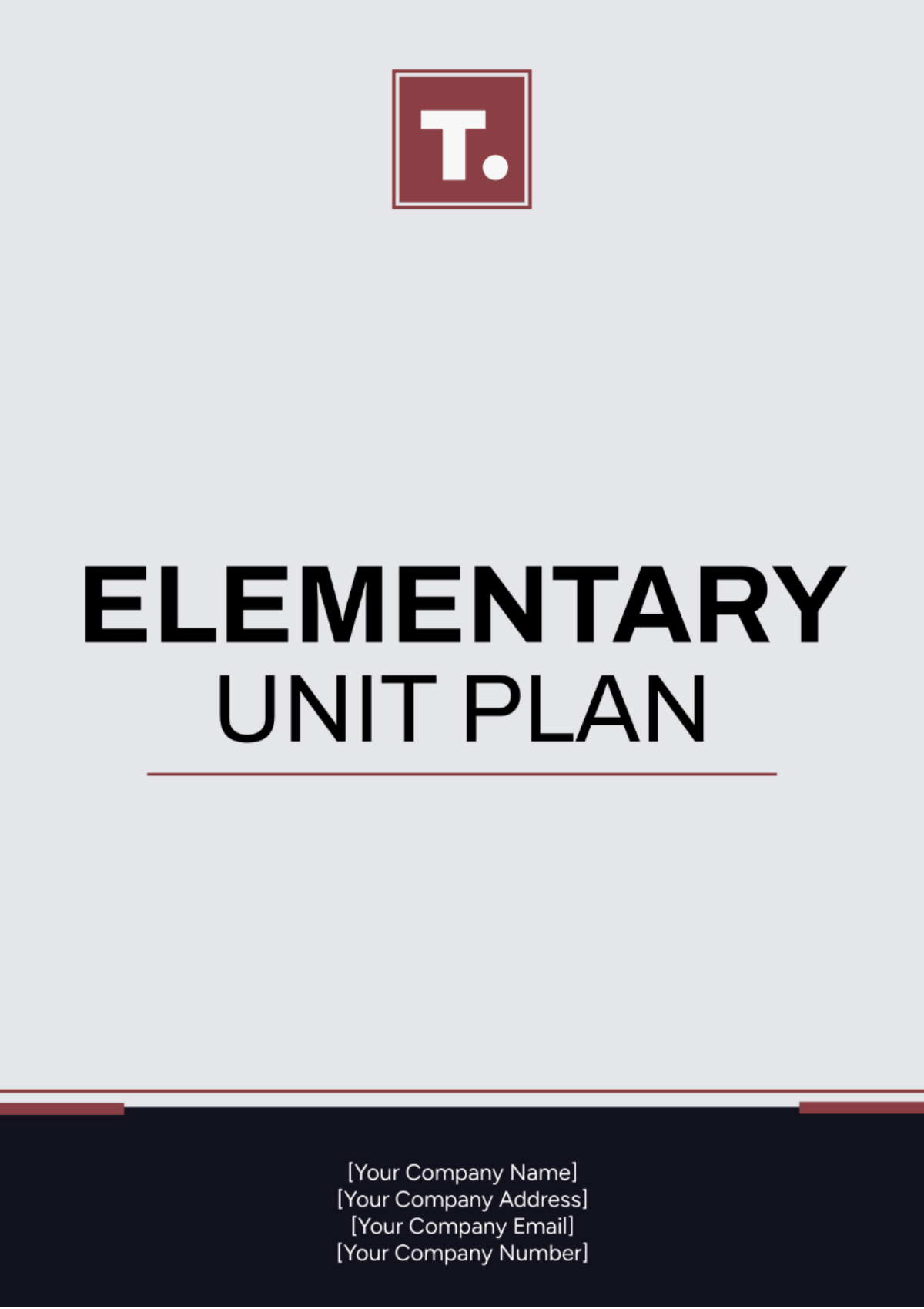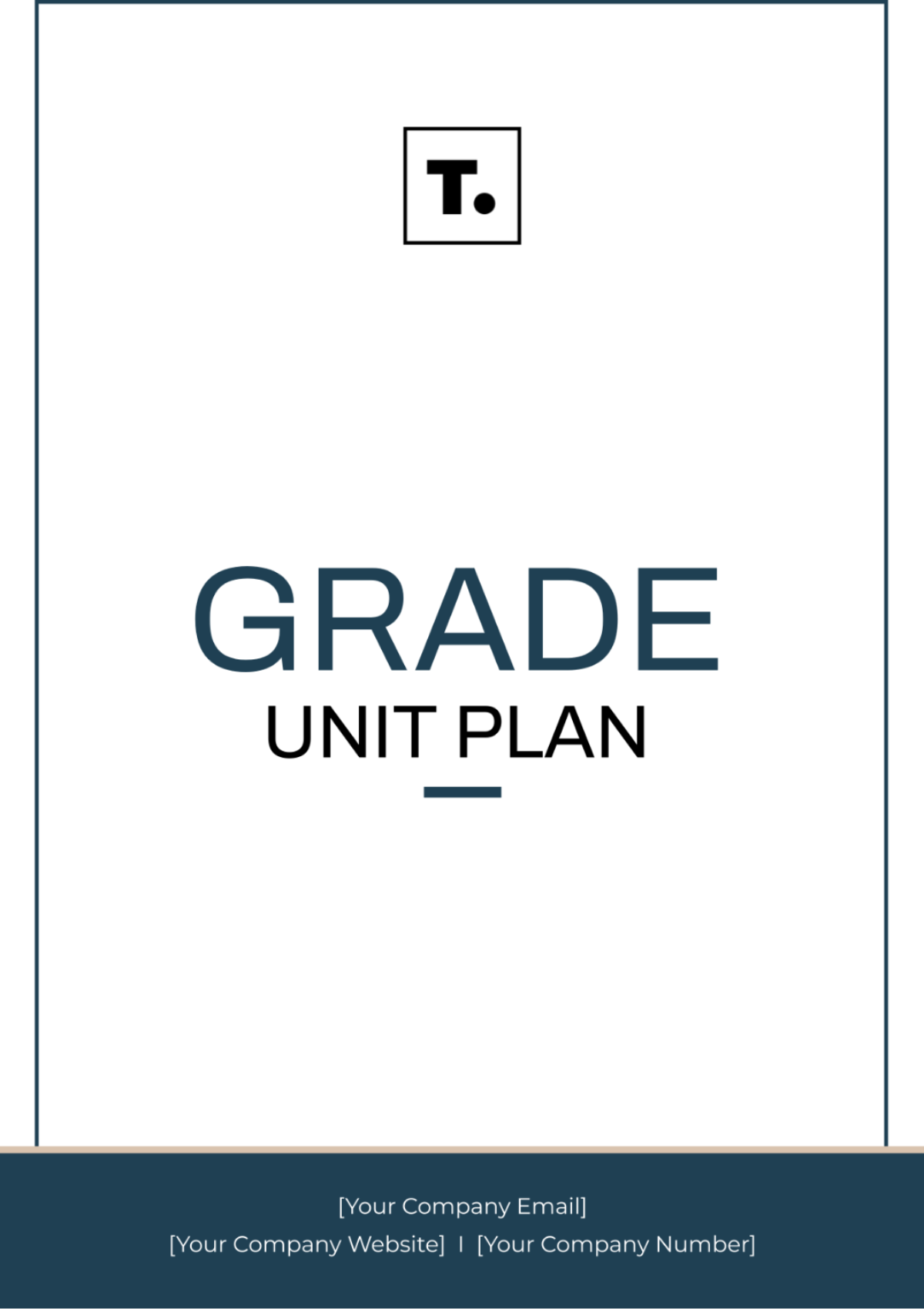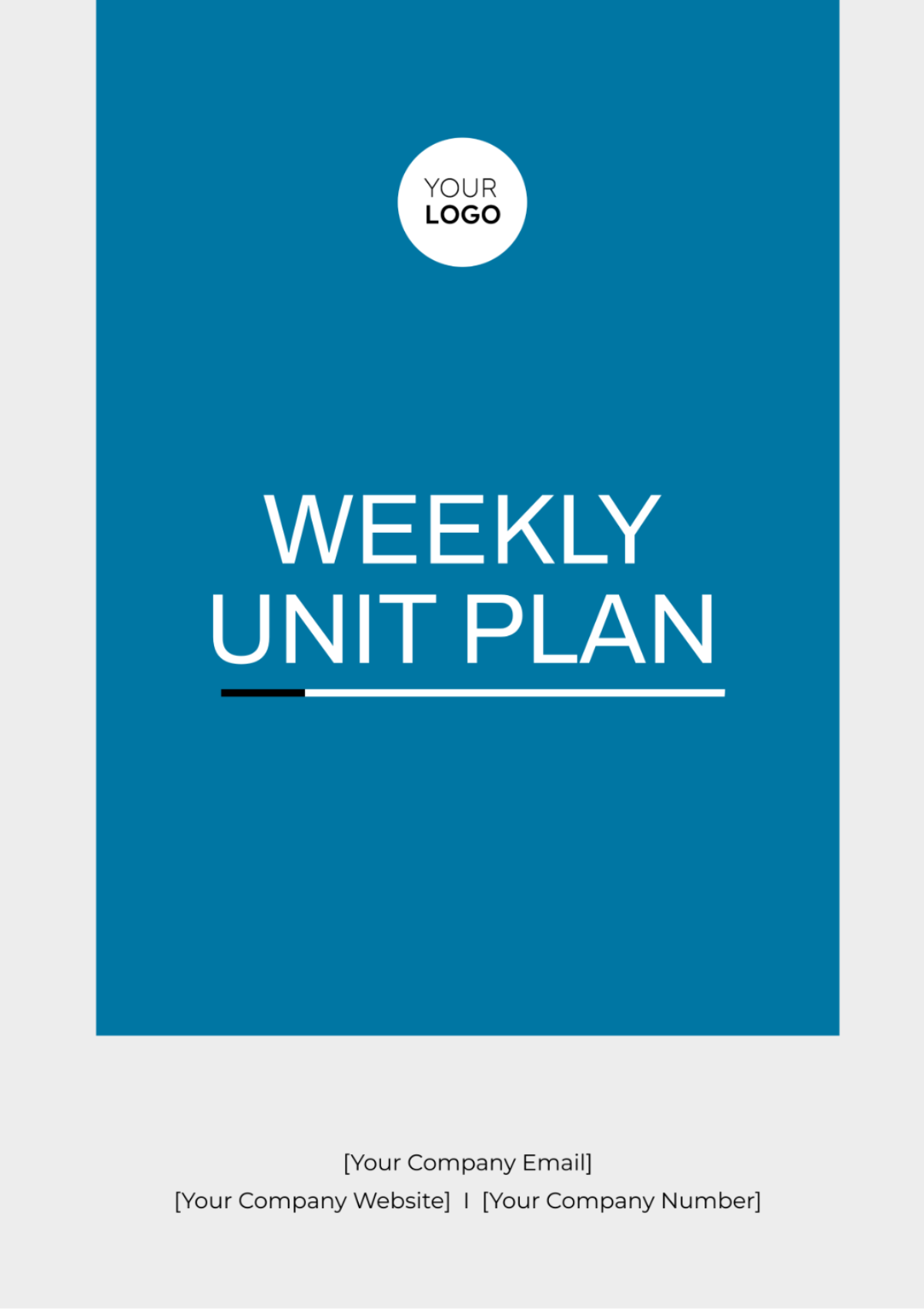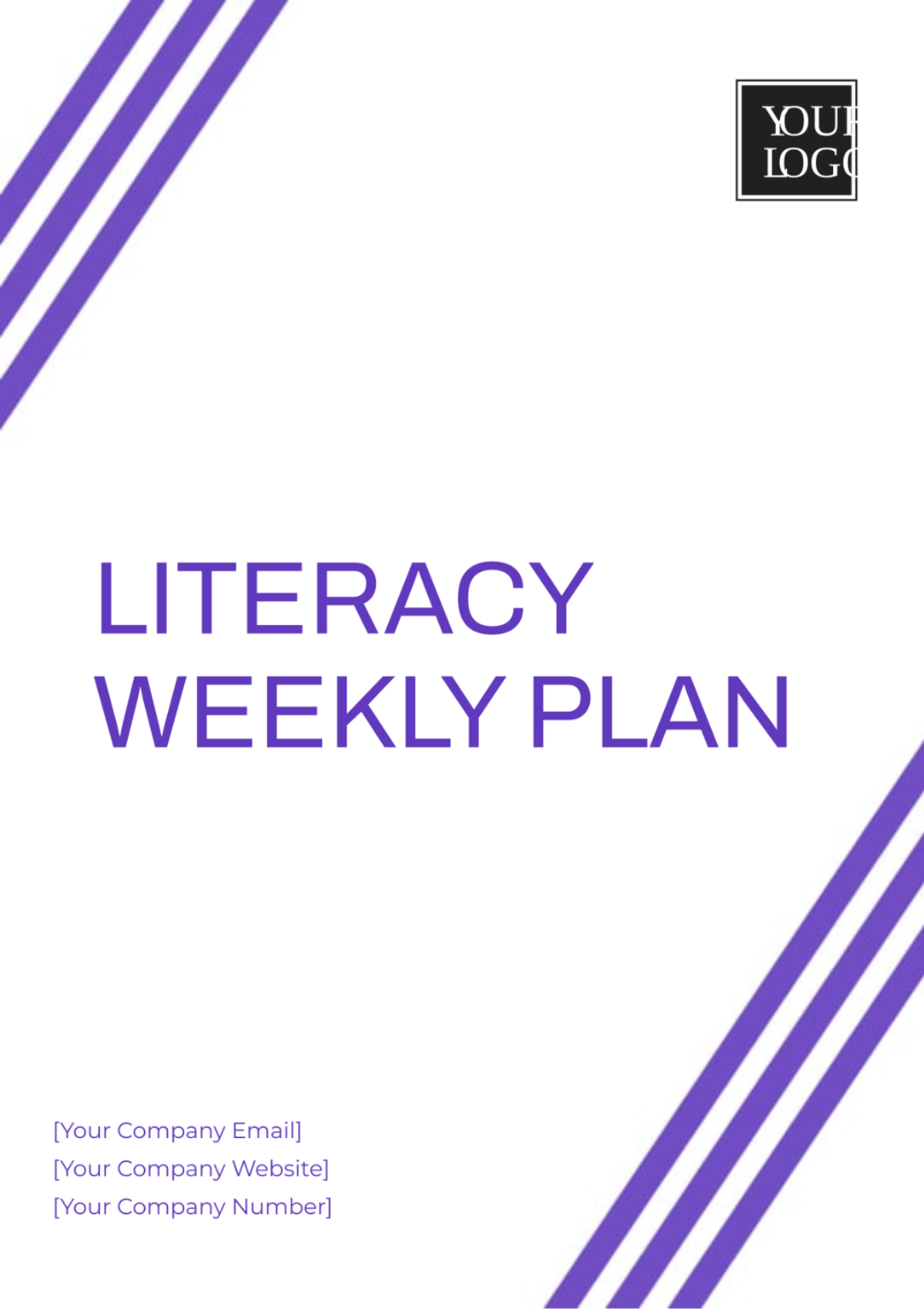Grade 8 History Unit Plan
Prepared by: [Your Name]
Subject: 8th Grade History
Topic: The Civil War & Reconstruction
Date: [Date]
I. Unit Overview
This unit plan delves into the intricate tapestry of the Civil War and the tumultuous period of Reconstruction in American history. By exploring the multifaceted causes, intricate events, and far-reaching consequences of the Civil War, students will gain a nuanced understanding of this pivotal era. From the political tensions simmering over states' rights and slavery to the social upheaval that divided communities, and the economic disparities driving regional conflict, every facet of this period will be scrutinized.
II. Learning Objectives
Understand the political, social, and economic causes of the Civil War.
Analyze key events and figures of the Civil War era.
Evaluate the impact of the Civil War on different populations in the United States.
Understand the Reconstruction policies and their effects on the nation.
Develop critical thinking and analytical skills through the study of historical documents and primary sources.
III. Standards Alignment
This unit meticulously aligns with the Common Core State Standards for Literacy in History/Social Studies, ensuring a robust integration of historical inquiry and literacy skills. Furthermore, it adheres closely to the NCSS National Standards for the Social Studies, facilitating comprehensive learning experiences and promoting civic engagement and historical understanding.
IV. Unit Structure
Week | Topic | Activities | Assessments |
|---|---|---|---|
1 | Introduction to the Civil War |
| Quiz on causes of the Civil War |
2 | Major Battles and Leaders |
| Group project on battles |
3 | Emancipation and War’s End |
| Essay on the impact of emancipation |
4 | Reconstruction and Its Challenges |
| Test on Reconstruction policies |
V. Instructional Strategies
Dynamic lectures supplemented with interactive note-taking activities, providing scaffolding for complex historical concepts.
Collaborative group work fostering teamwork and critical thinking, enabling students to engage in historical inquiry and debate.
Immersive primary source analysis to cultivate historical empathy, allowing students to connect with the lived experiences of individuals from the past.
Vibrant class discussions and debates stimulating critical inquiry and perspective-taking, encouraging students to articulate and defend their viewpoints.
Integration of interactive media to enhance engagement and comprehension, leveraging digital tools to visualize historical contexts and connections.
VI. Assessment Methods
Formative assessments such as quizzes and tests to gauge comprehension and retention of key historical content.
Reflective essays and written assignments showcasing analytical skills and historical interpretation, requiring students to synthesize information and construct persuasive arguments.
Group projects and presentations evaluating collaborative efforts and research skills, providing opportunities for peer feedback and reflection.
Participation rubrics tracking engagement and contribution in discussions, incentivizing active participation and respectful dialogue.
Role-play and simulation activities assessing understanding and empathy, measuring students' ability to inhabit historical roles and contexts.
VII. Resources & Materials
Textbook: "The American Journey" providing comprehensive coverage of the Civil War and Reconstruction, supplemented by additional readings and primary sources.
Abundant primary source documents sourced from the Library of Congress for authentic historical inquiry, including letters, diaries, and government records.
Rich array of documentaries and historical films offering immersive learning experiences, complemented by curated online resources and interactive exhibits.
Interactive map tools like Google Earth for visualizing geographical contexts and exploring the spatial dimensions of historical events.
Supplementary readings and handouts tailored to diverse learning needs, including differentiated materials and extension activities.
VIII. Differentiation Strategies
Tailored provision of varied reading levels and materials catering to individual learning styles and abilities, ensuring accessibility and engagement for all students.
Integration of multimedia resources to accommodate diverse sensory preferences, offering audiovisual materials and interactive simulations to enhance comprehension.
Offering flexibility in project topics and presentation formats to accommodate varied interests and strengths, empowering students to pursue topics of personal relevance and demonstrate mastery in diverse ways.
Implementation of learning stations and small group work to facilitate personalized attention and differentiated instruction, providing targeted support and enrichment opportunities.
Utilization of technology-driven approaches to engage and support diverse learners effectively, leveraging adaptive learning platforms and digital tools to scaffold learning and provide real-time feedback.
